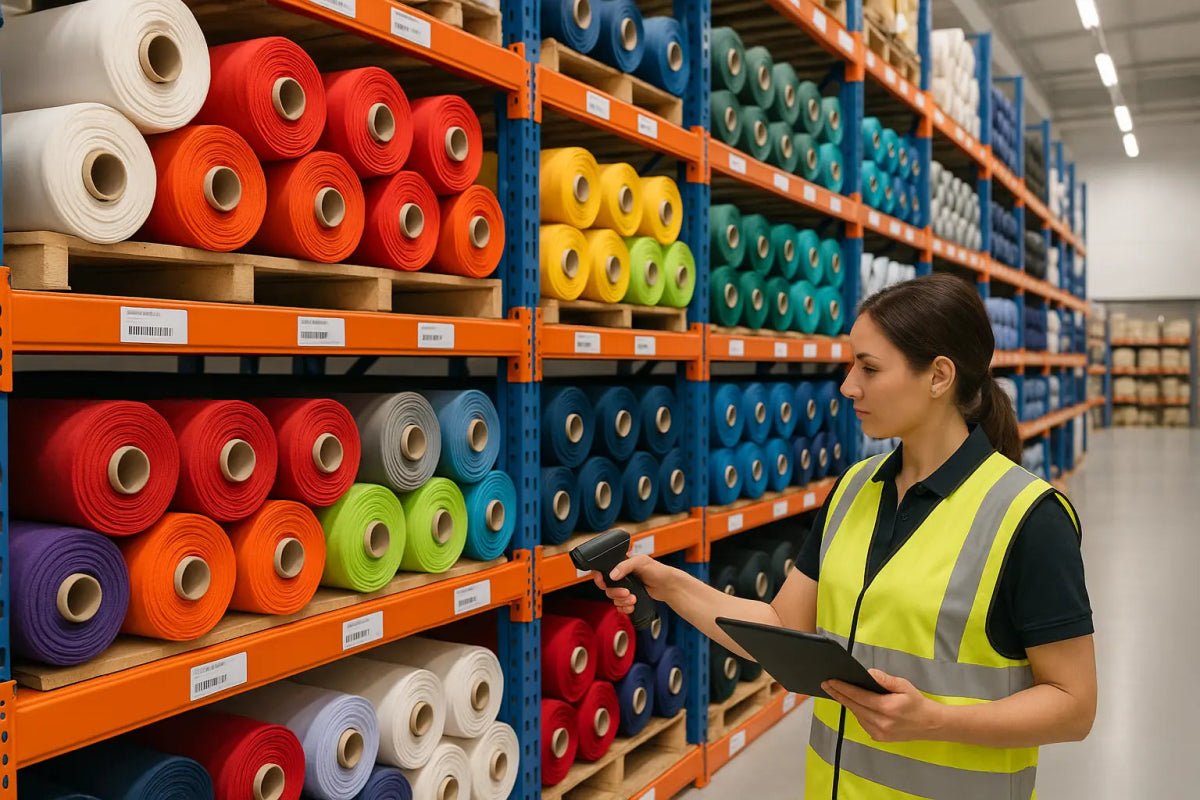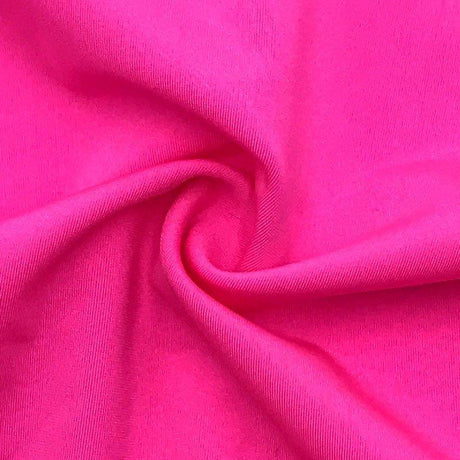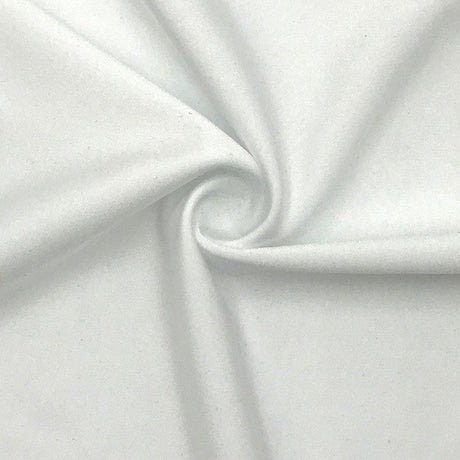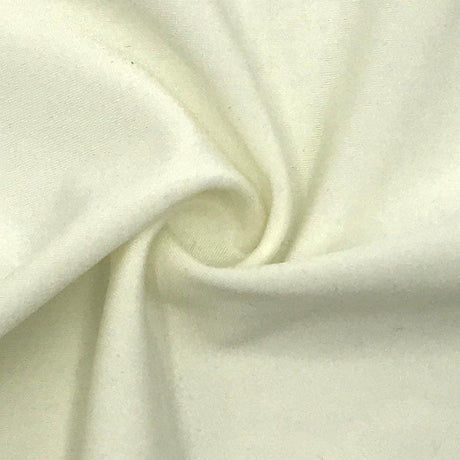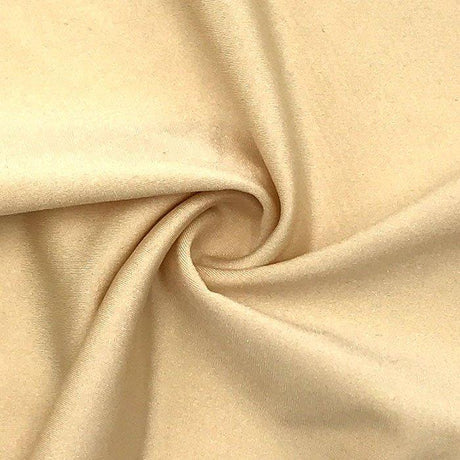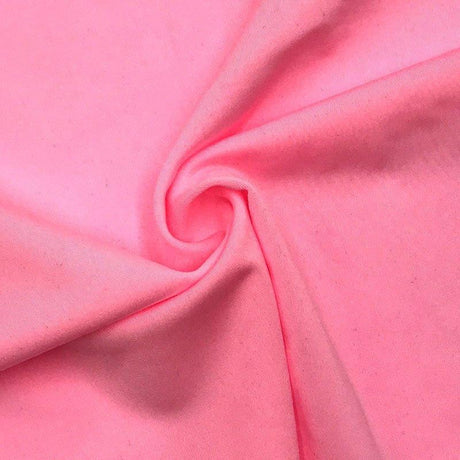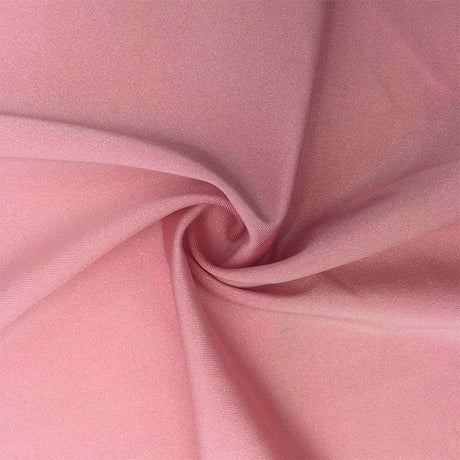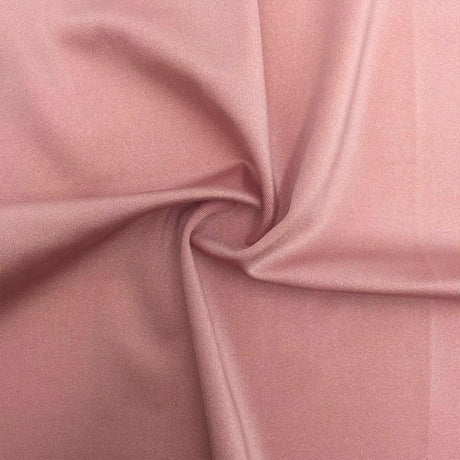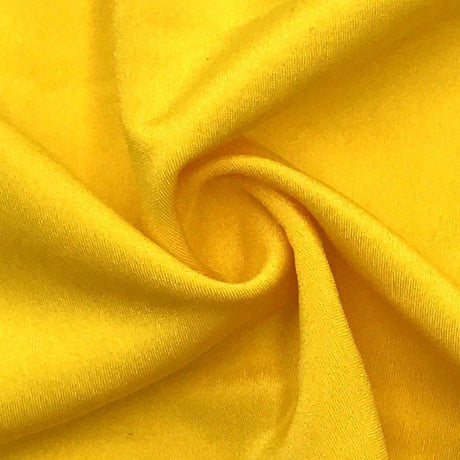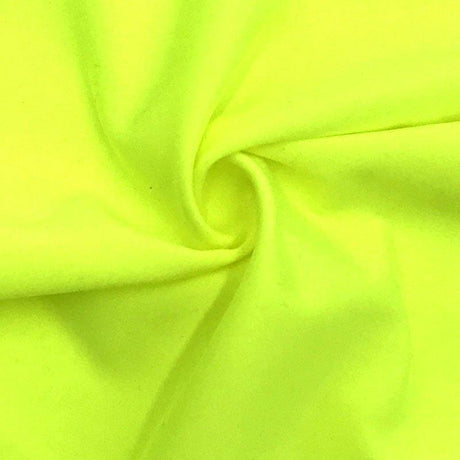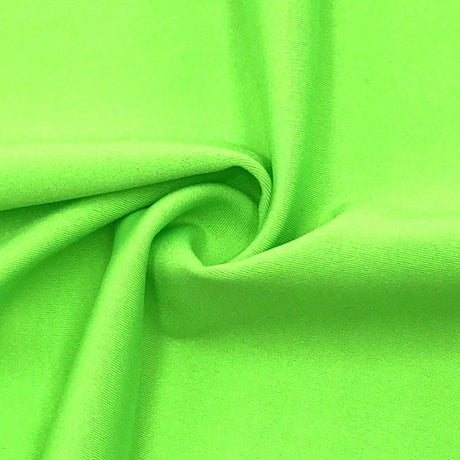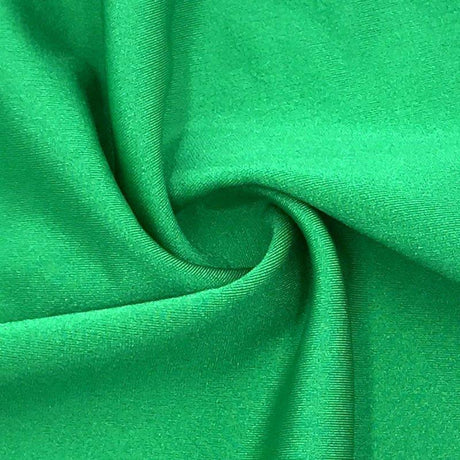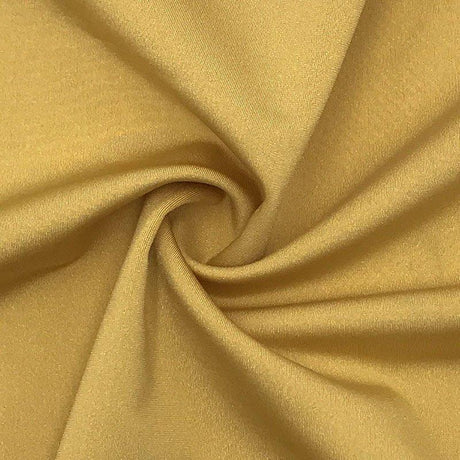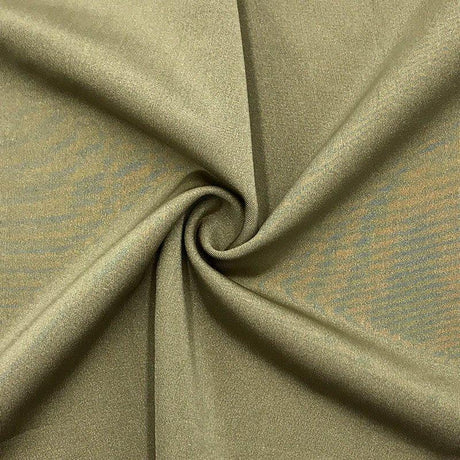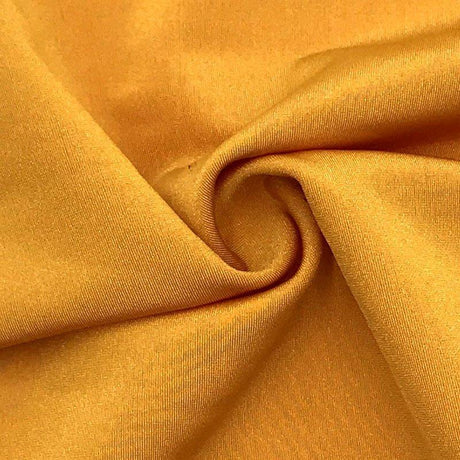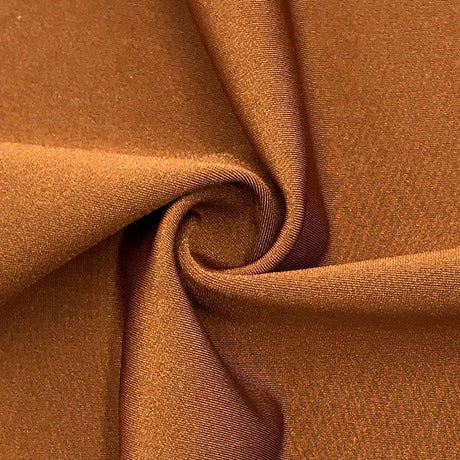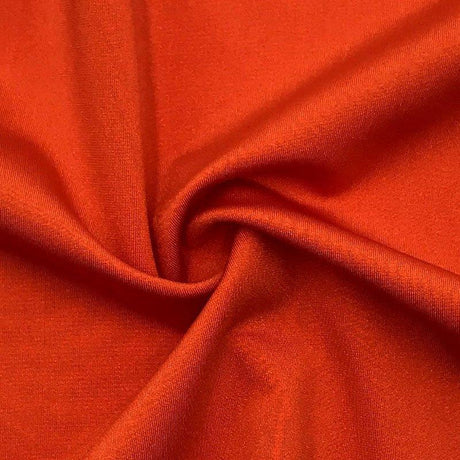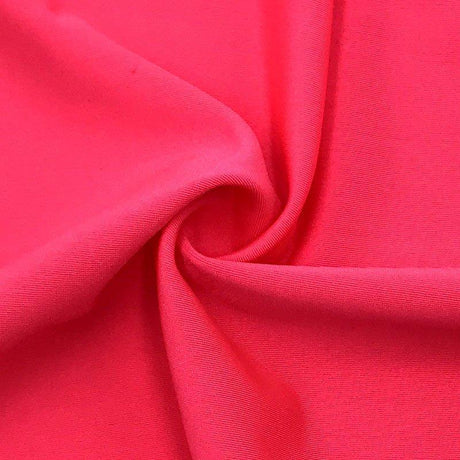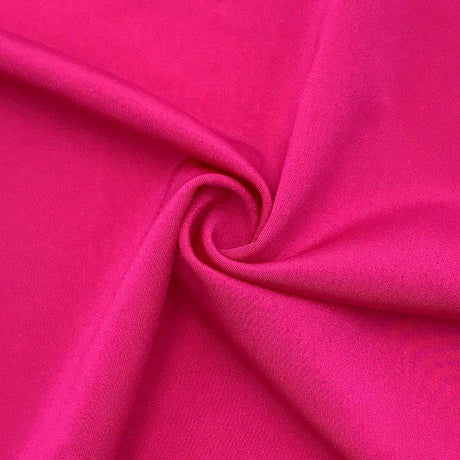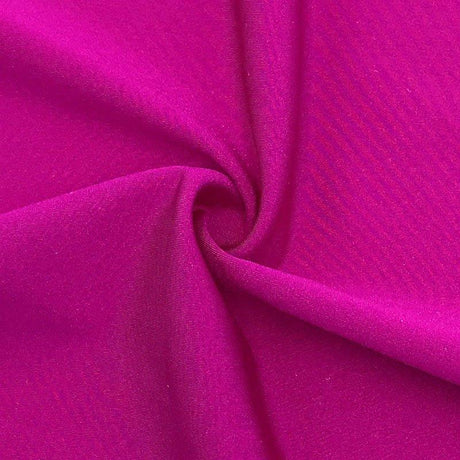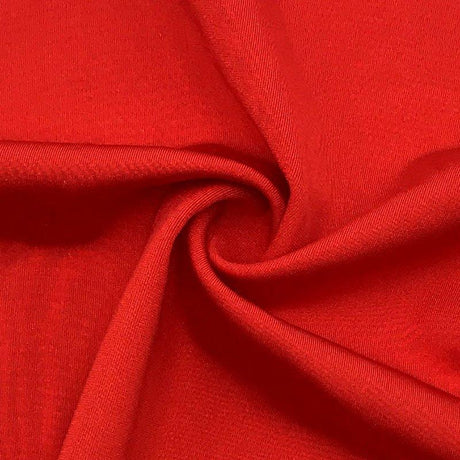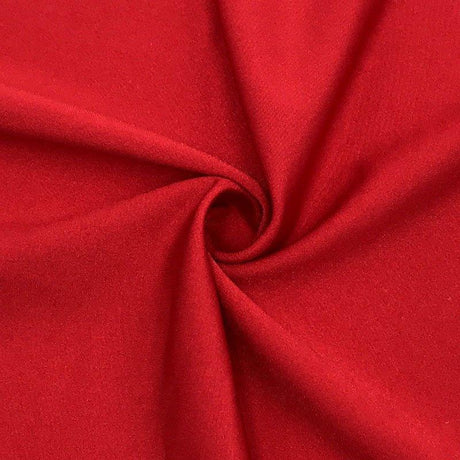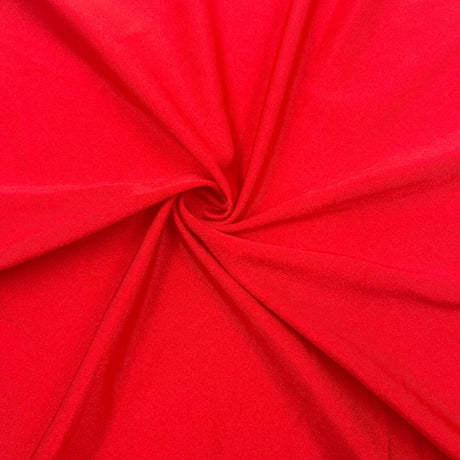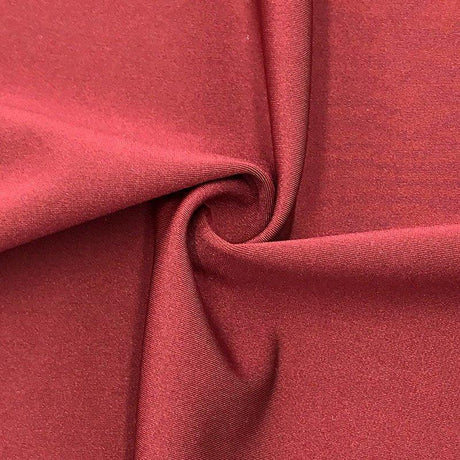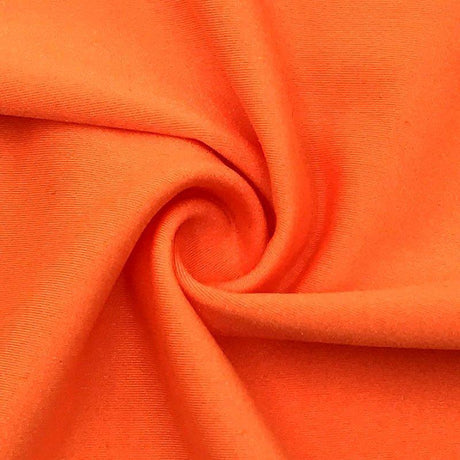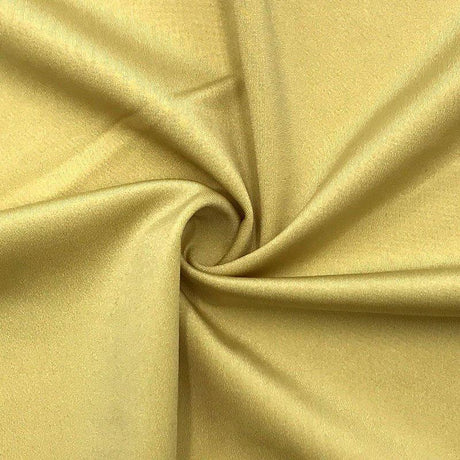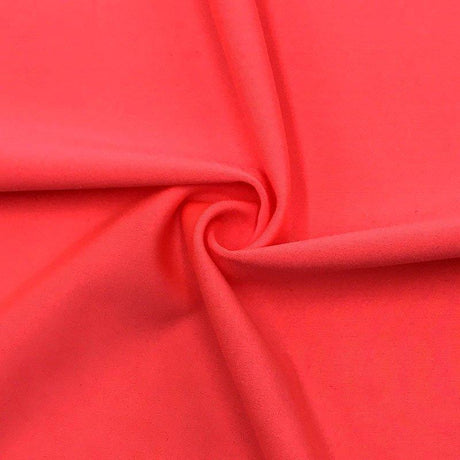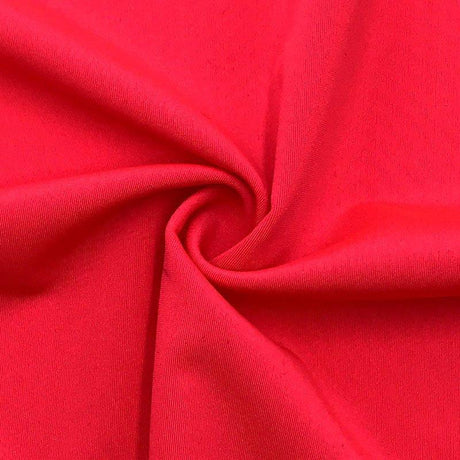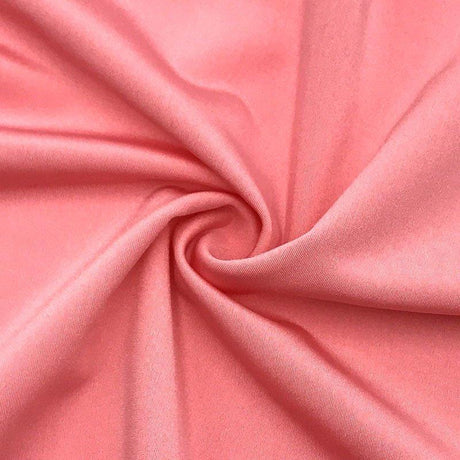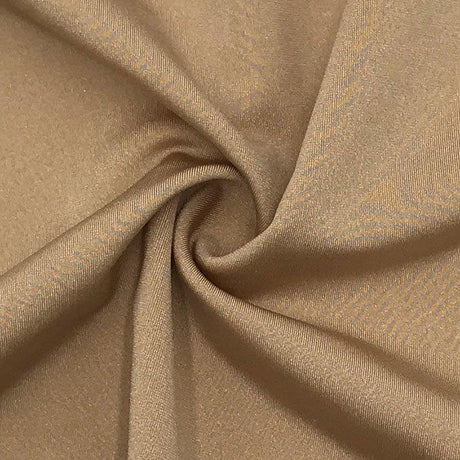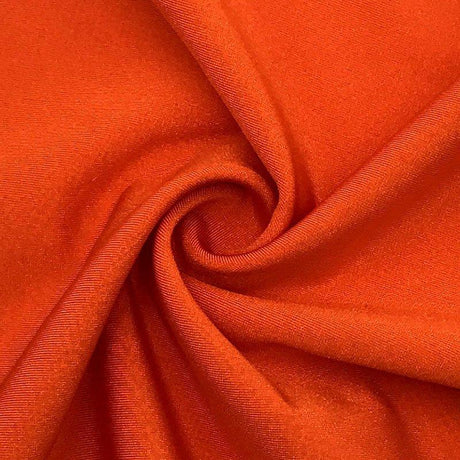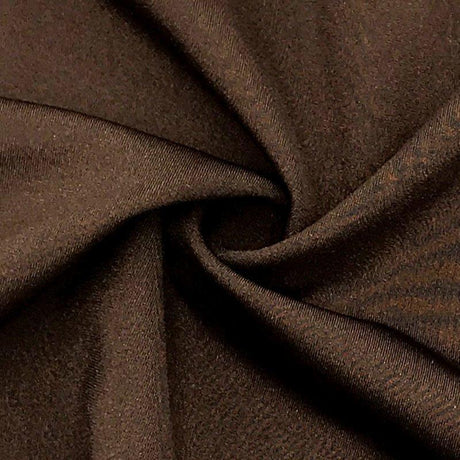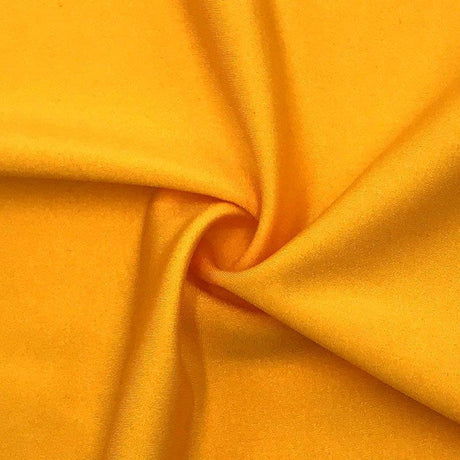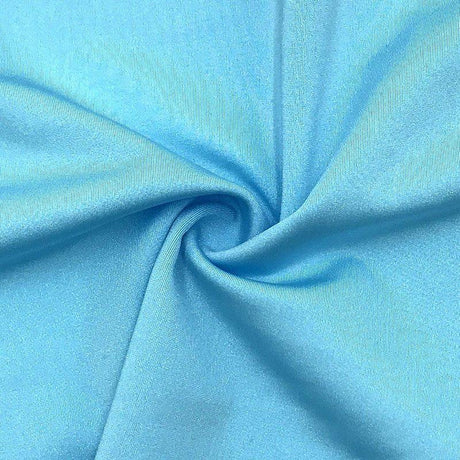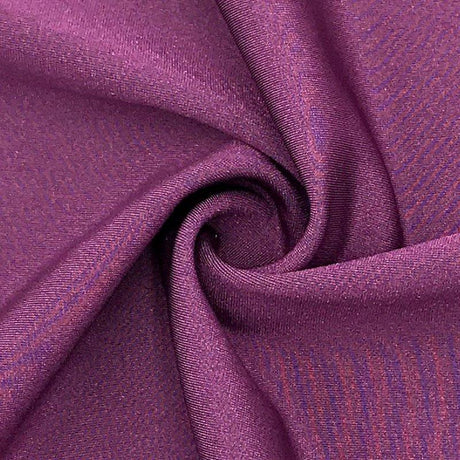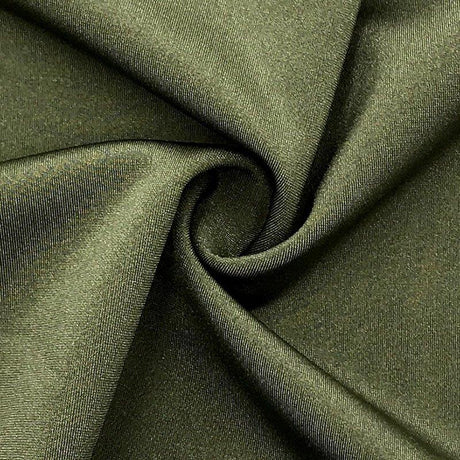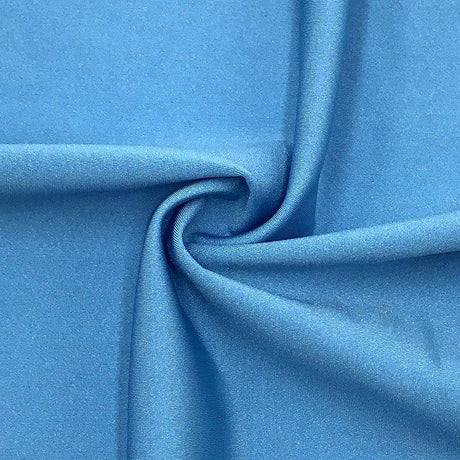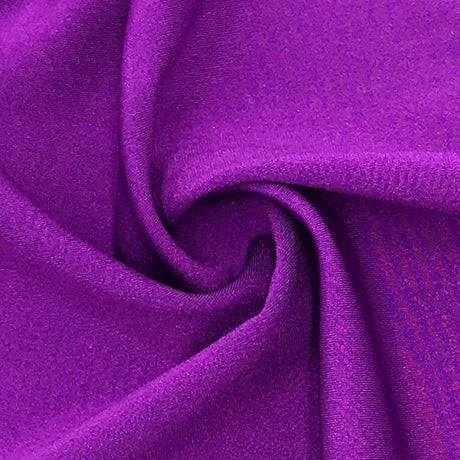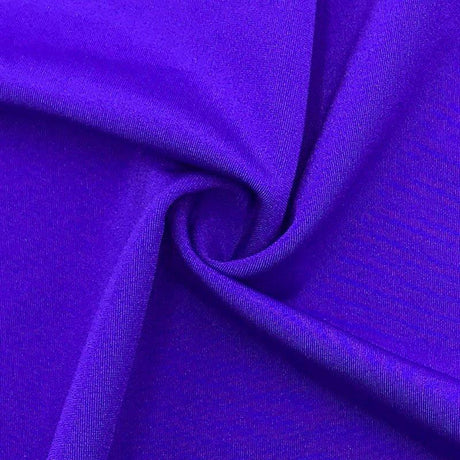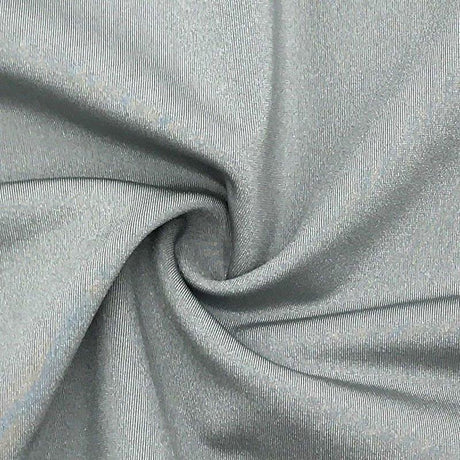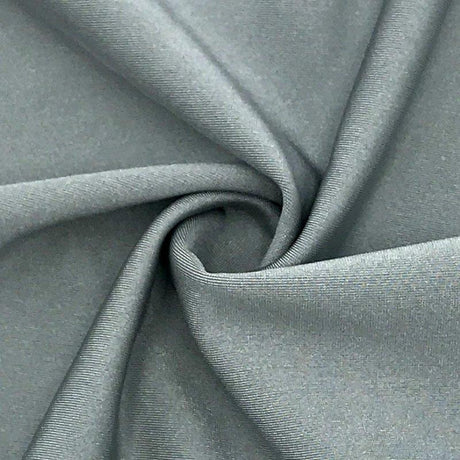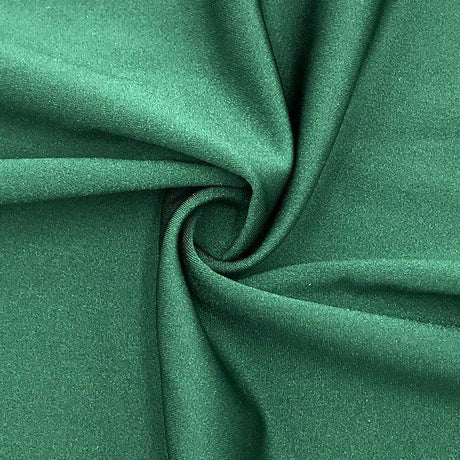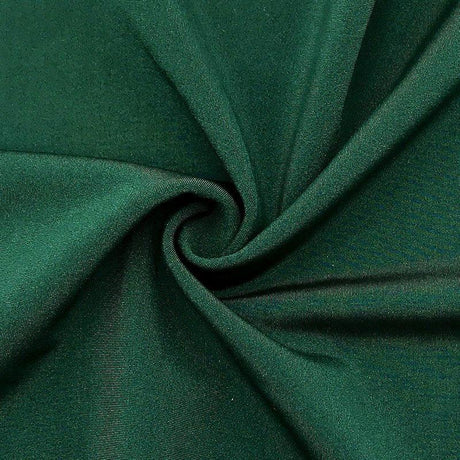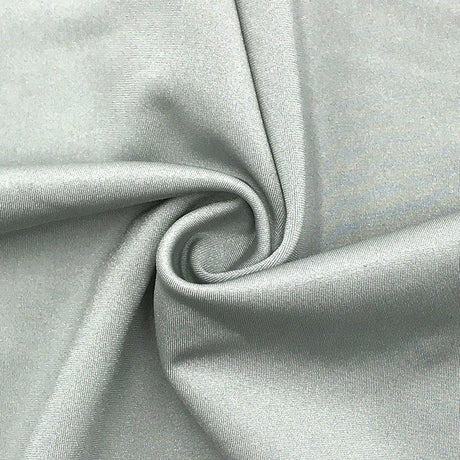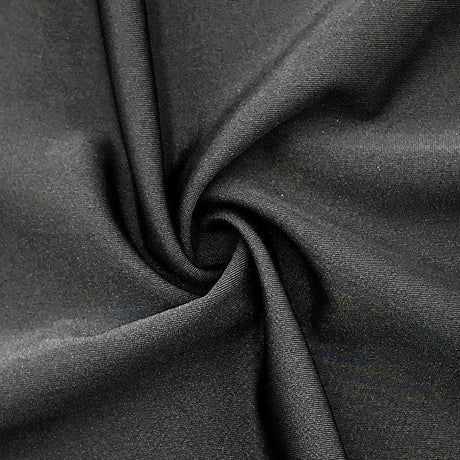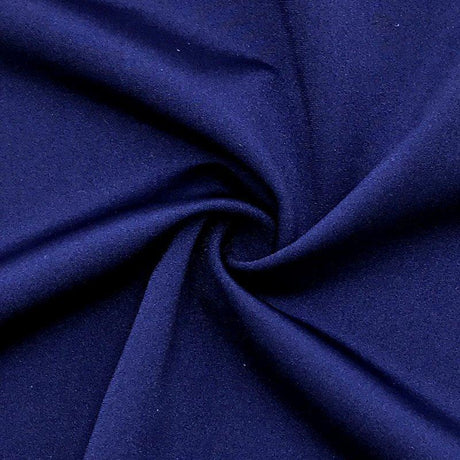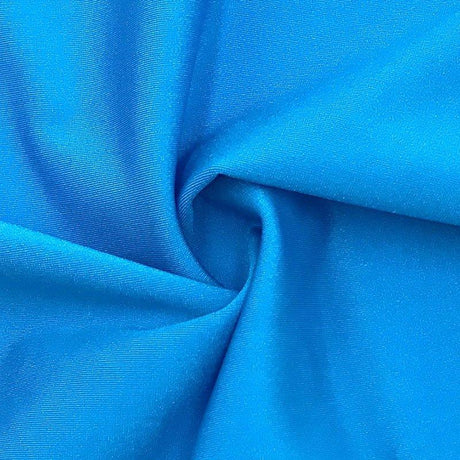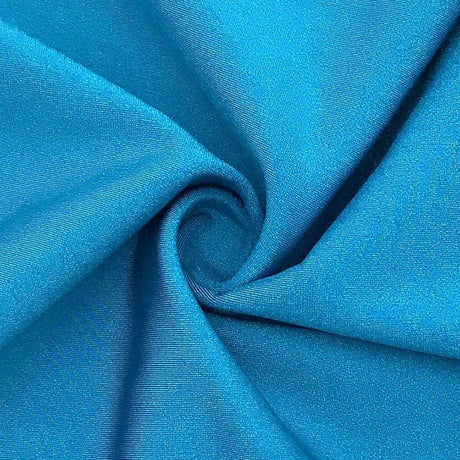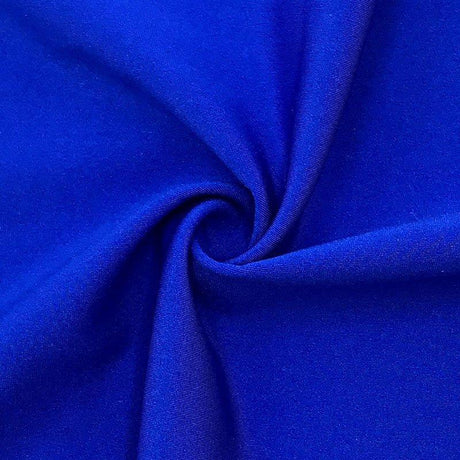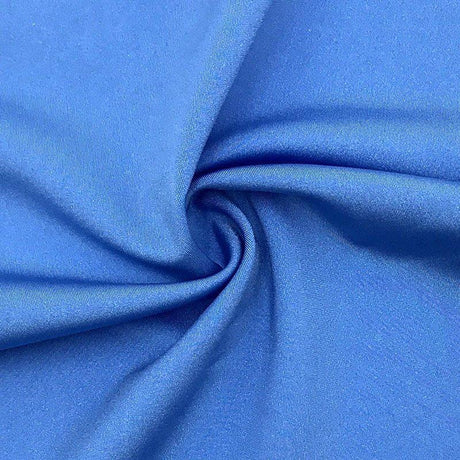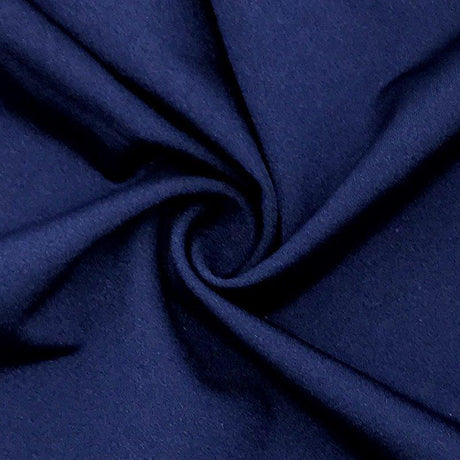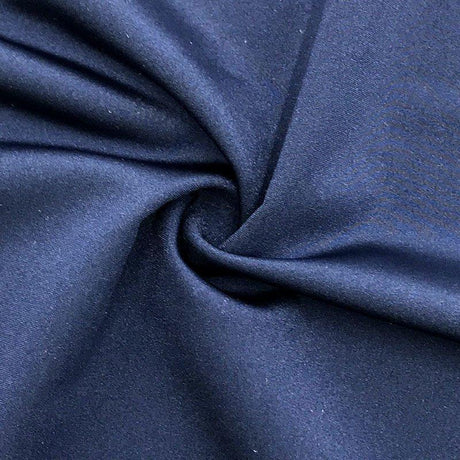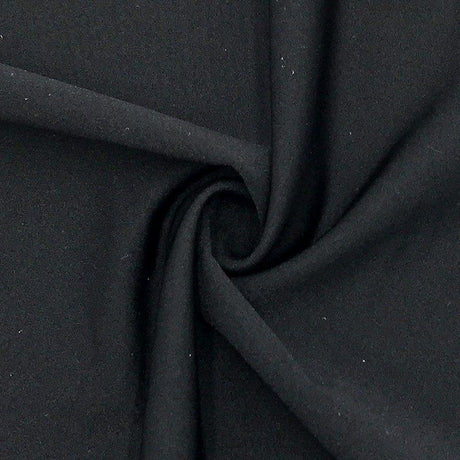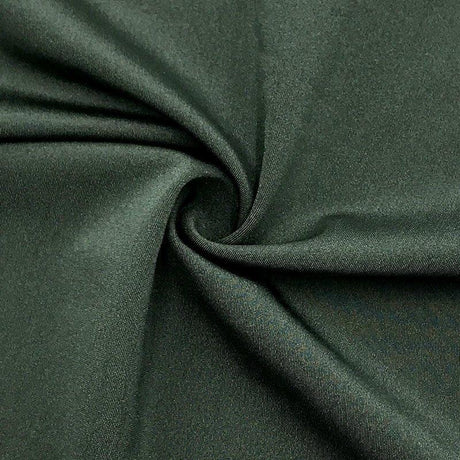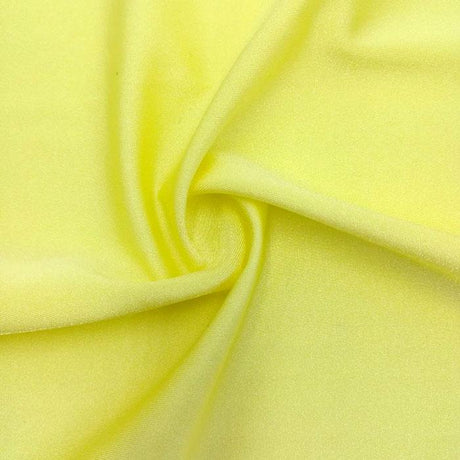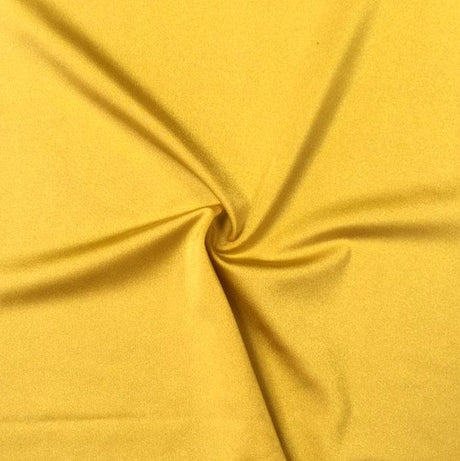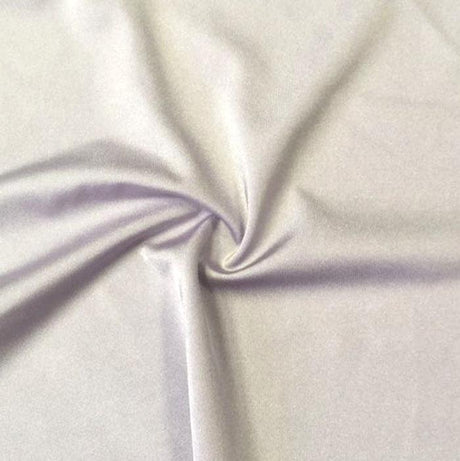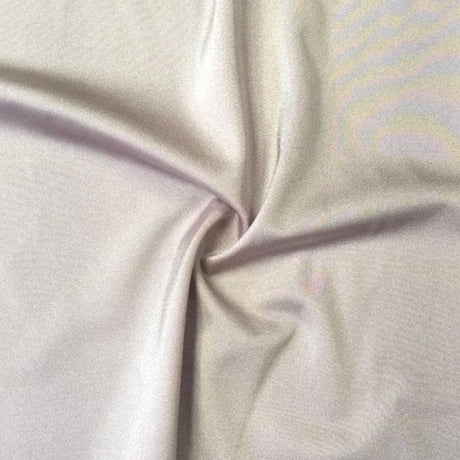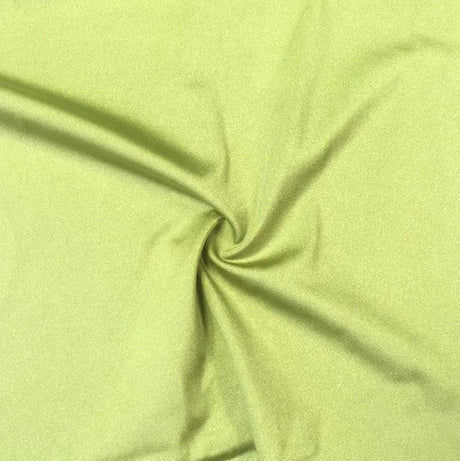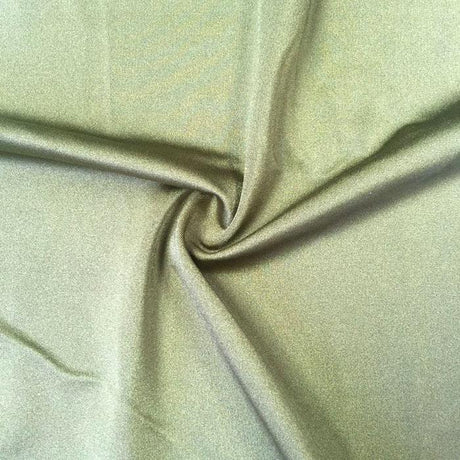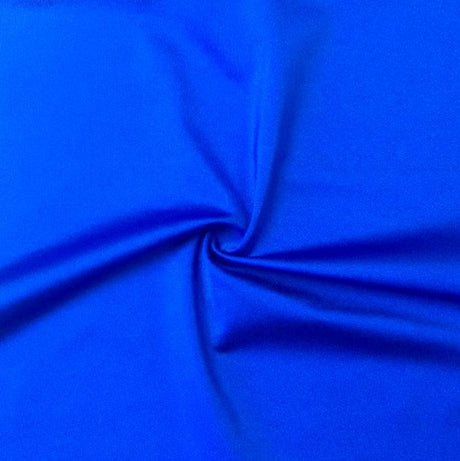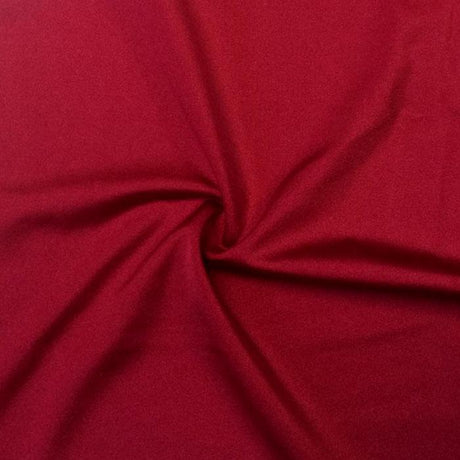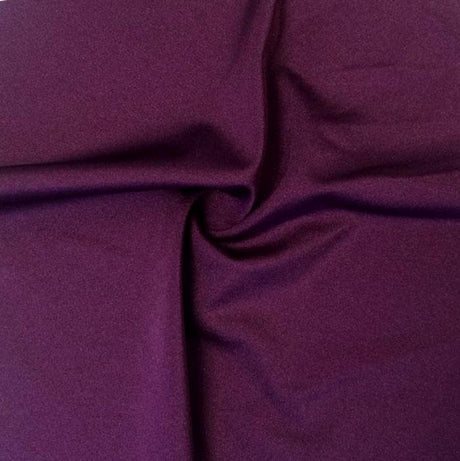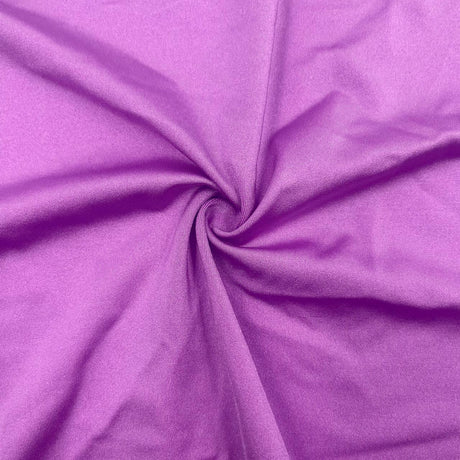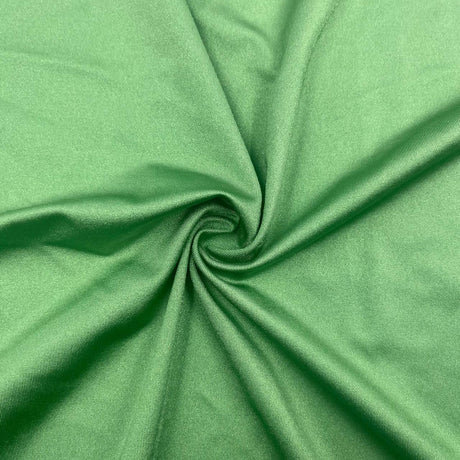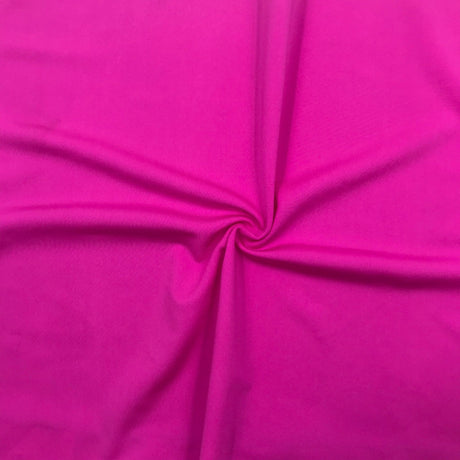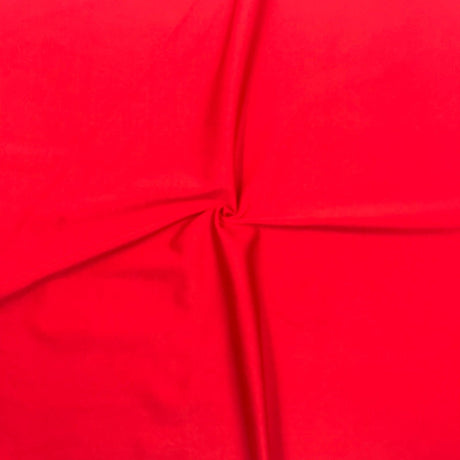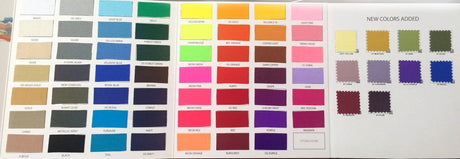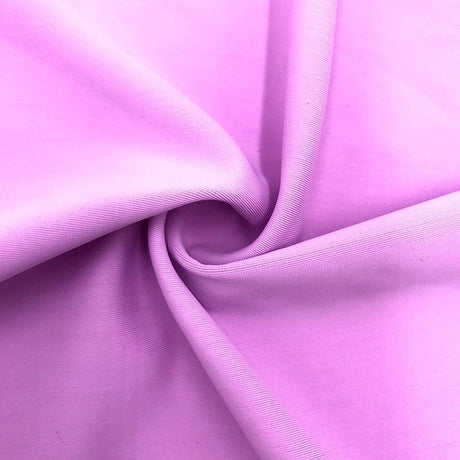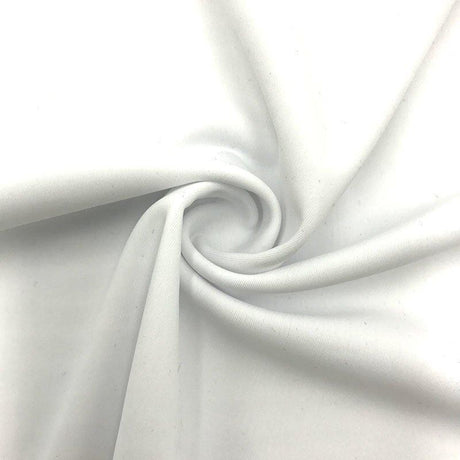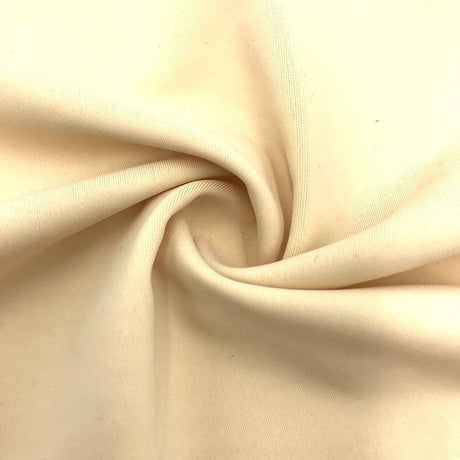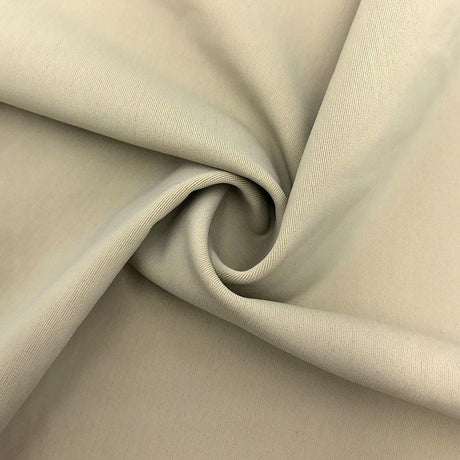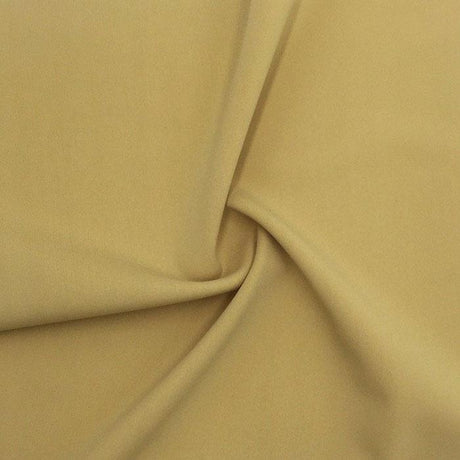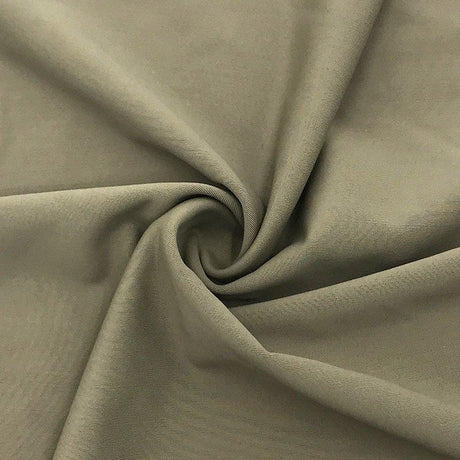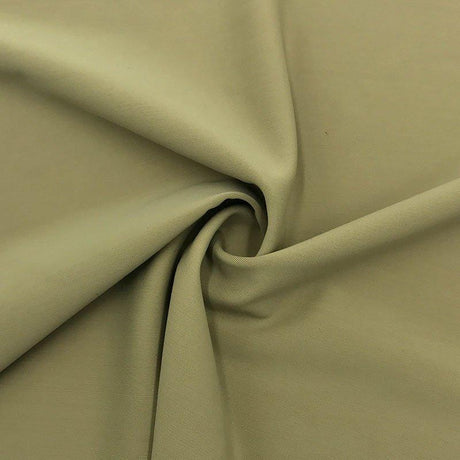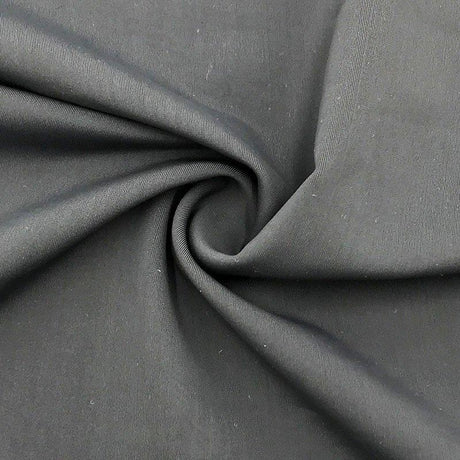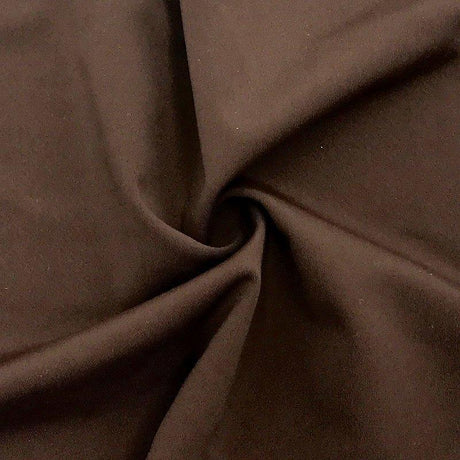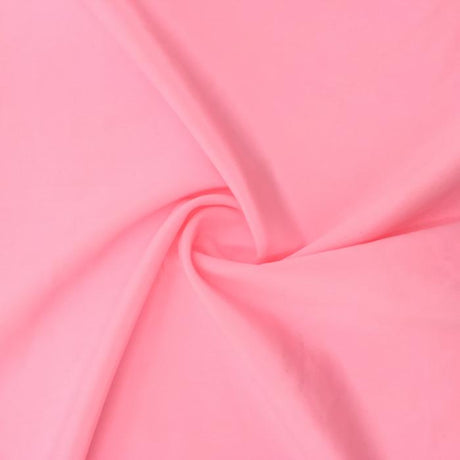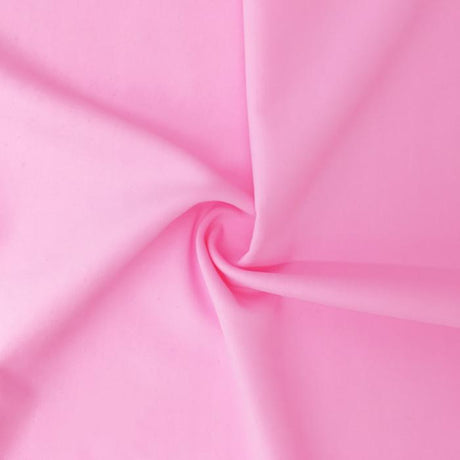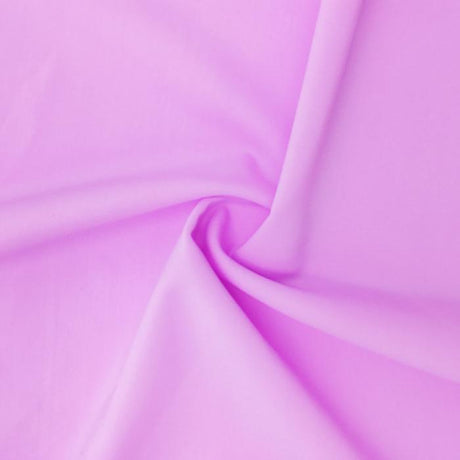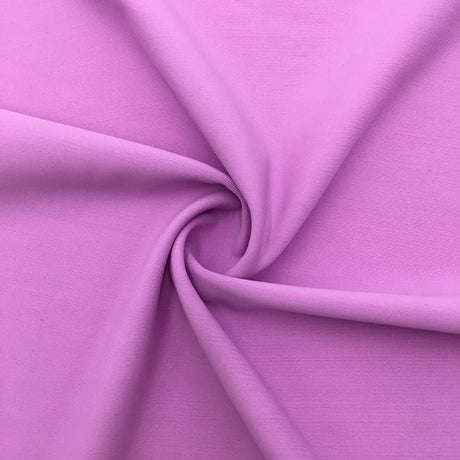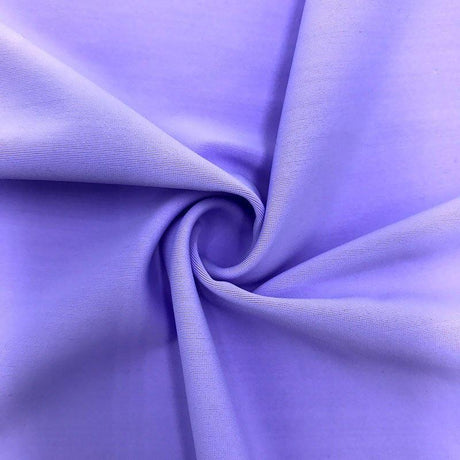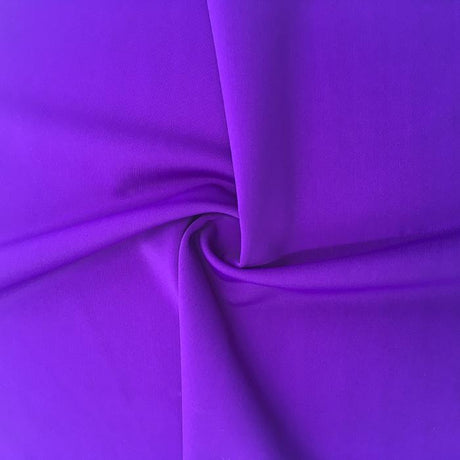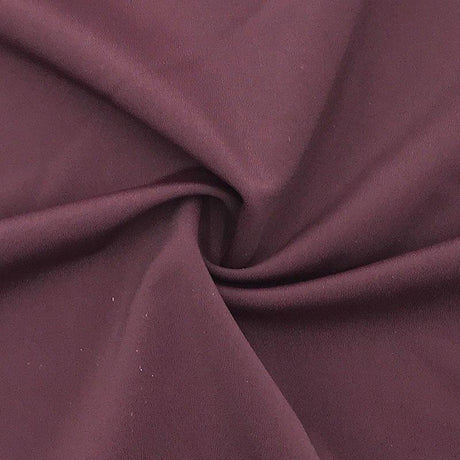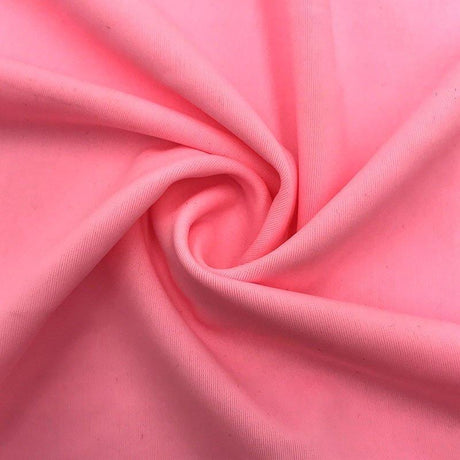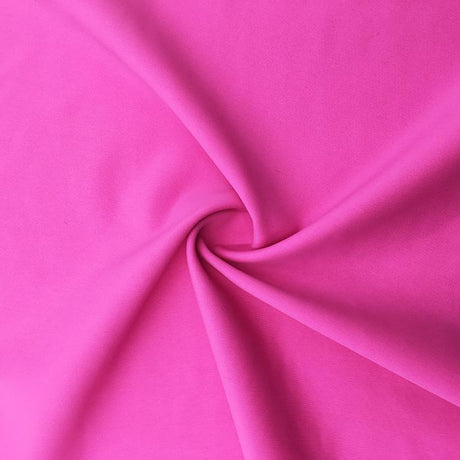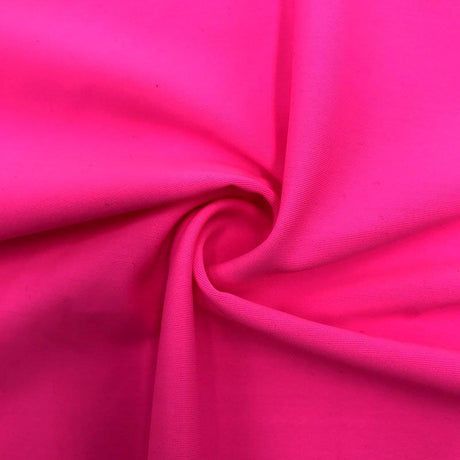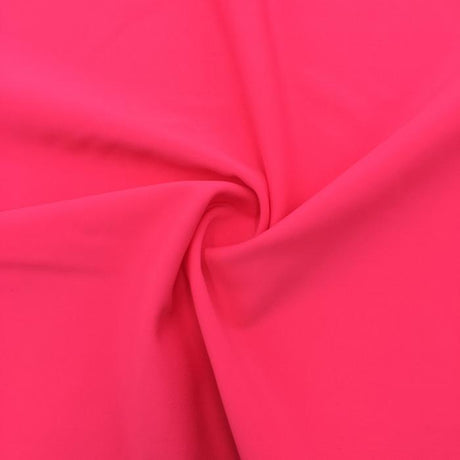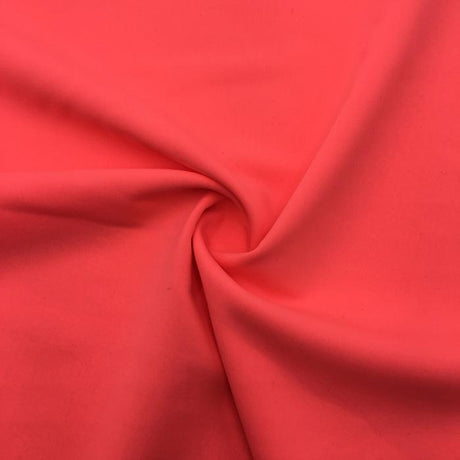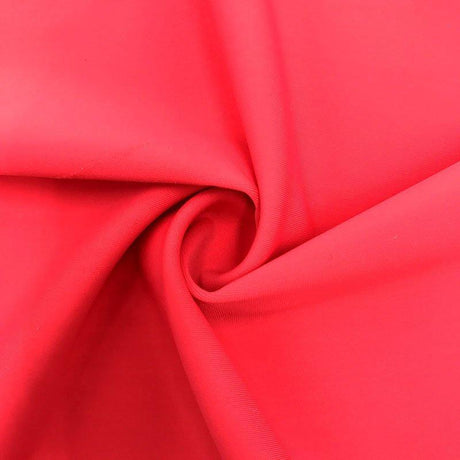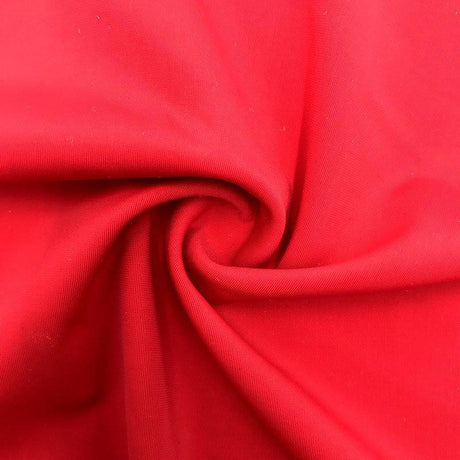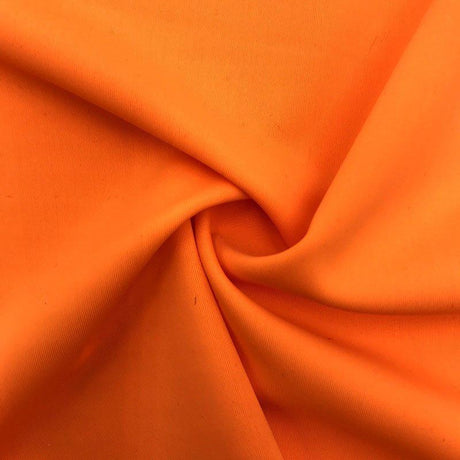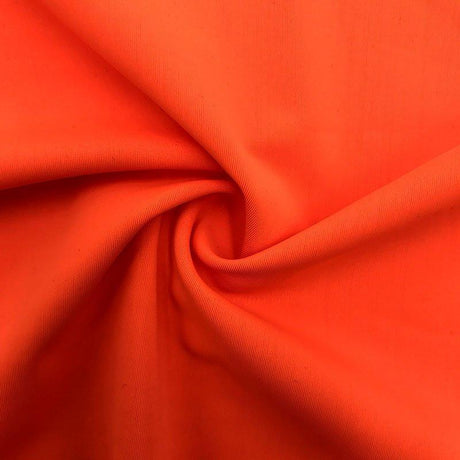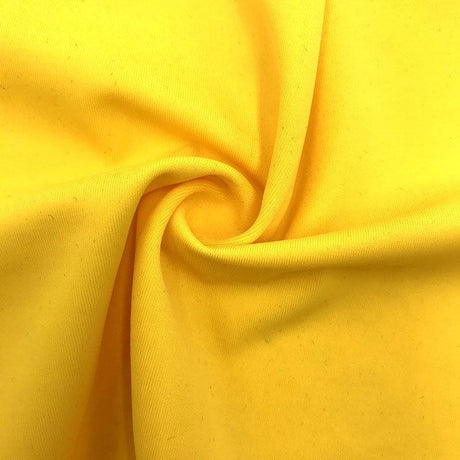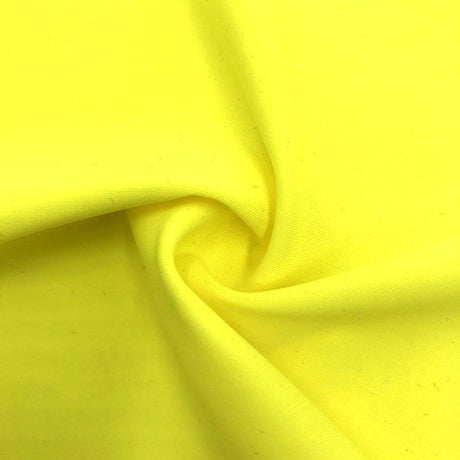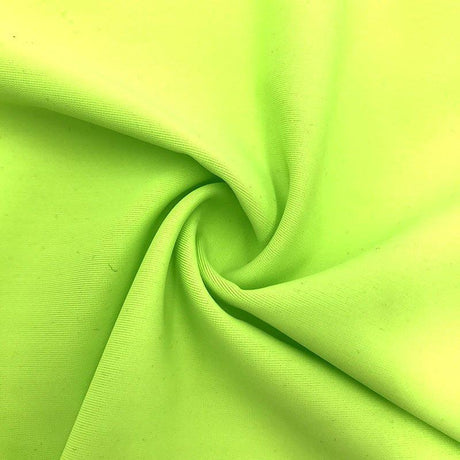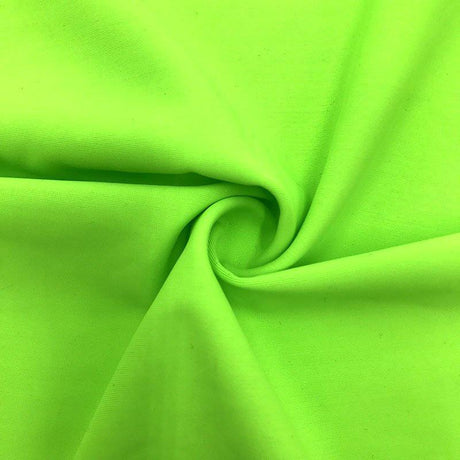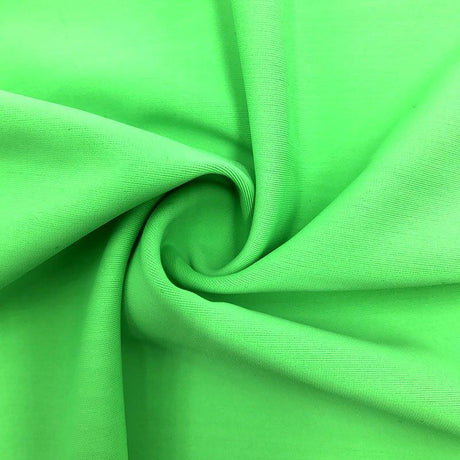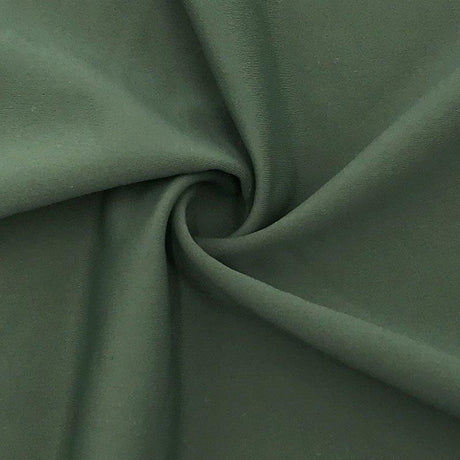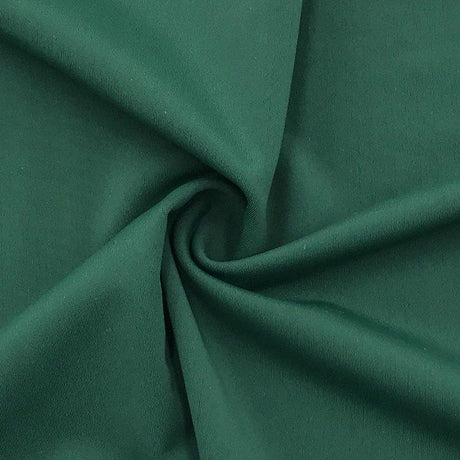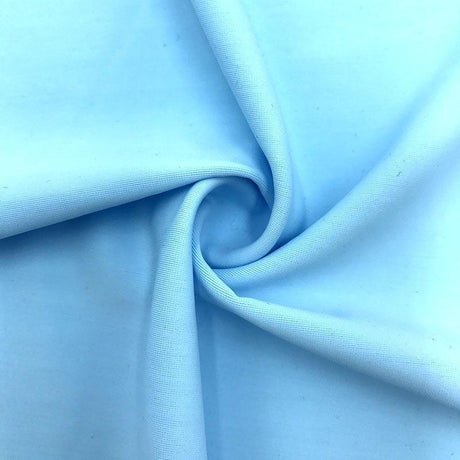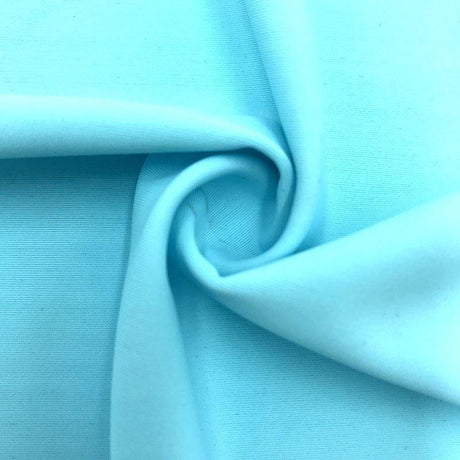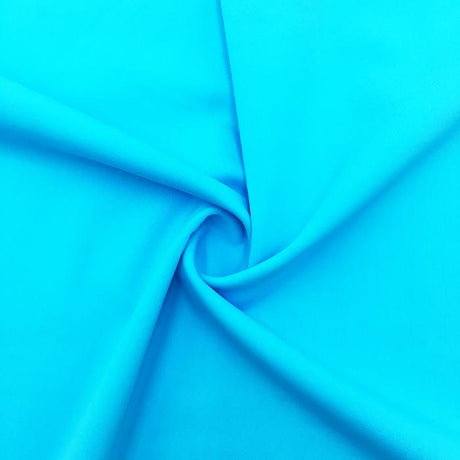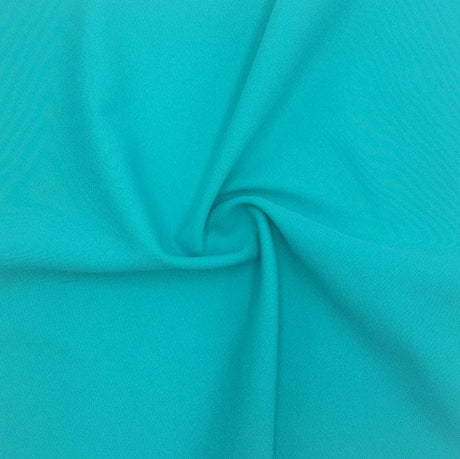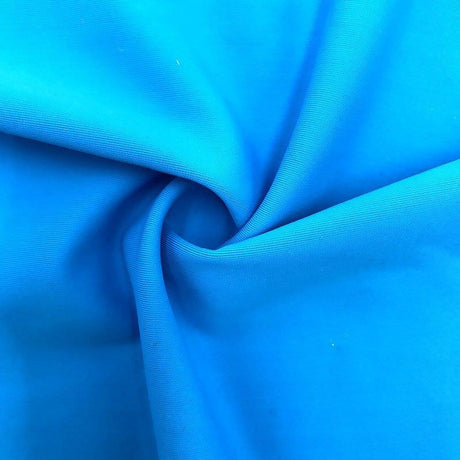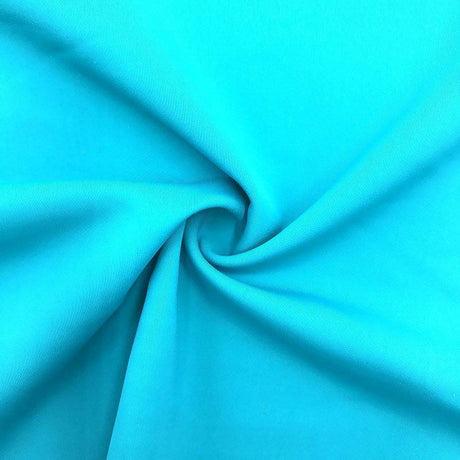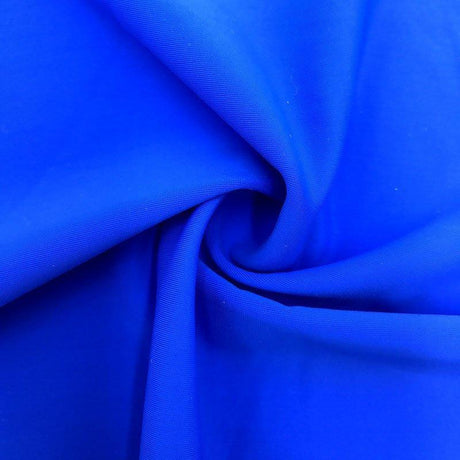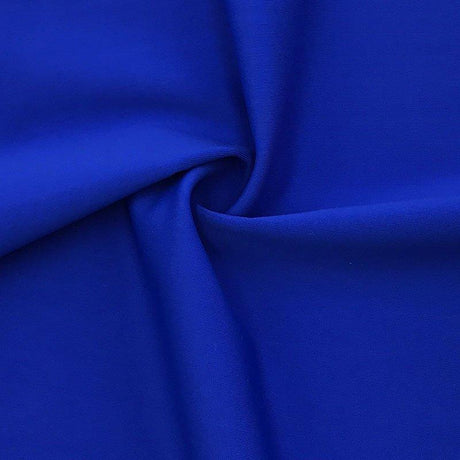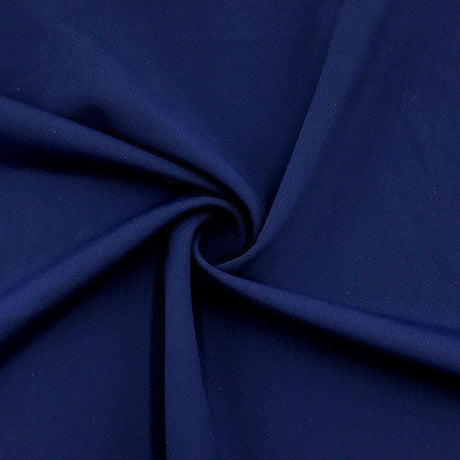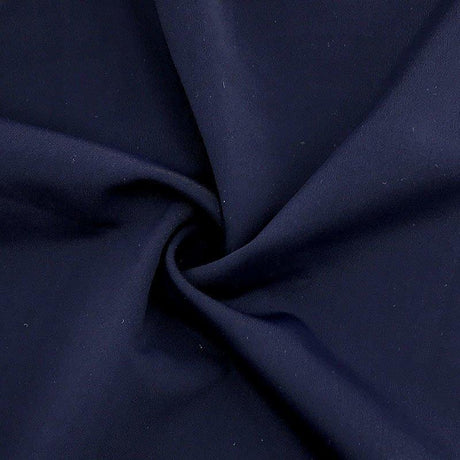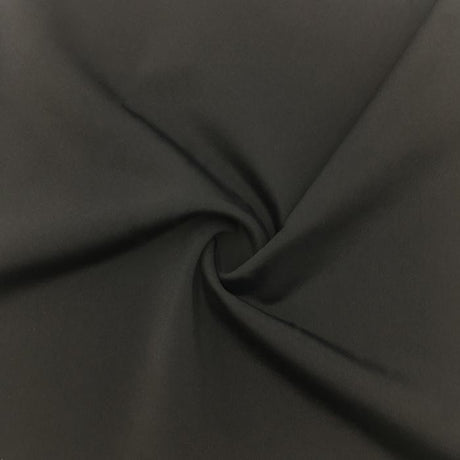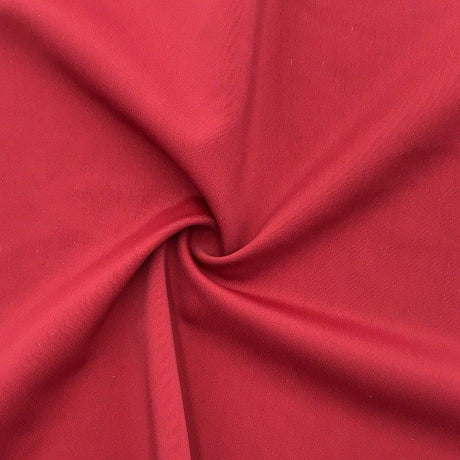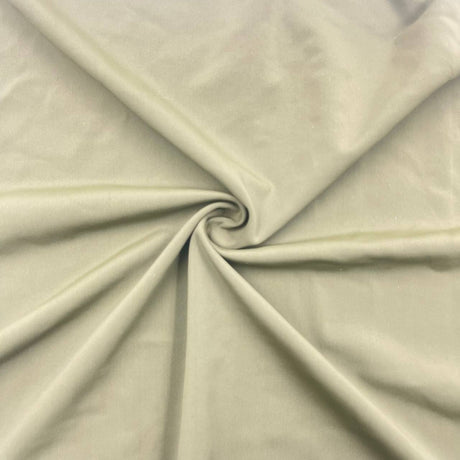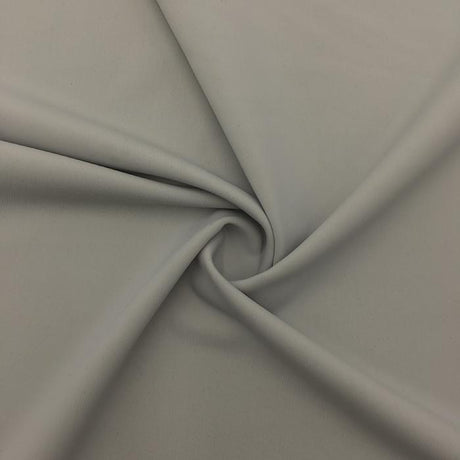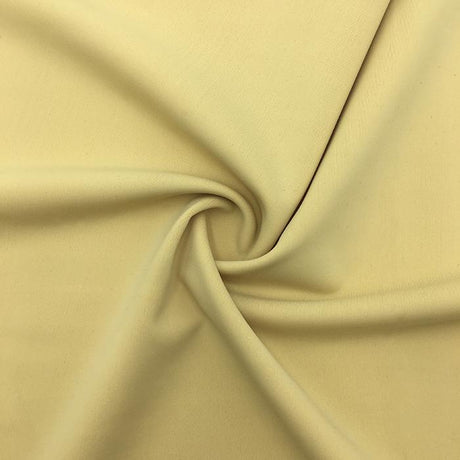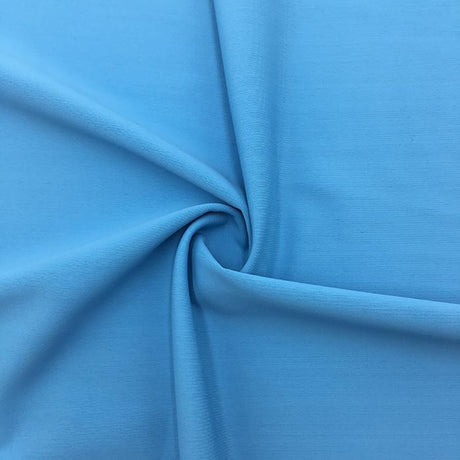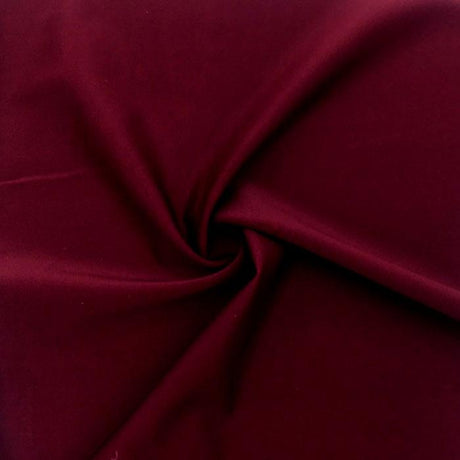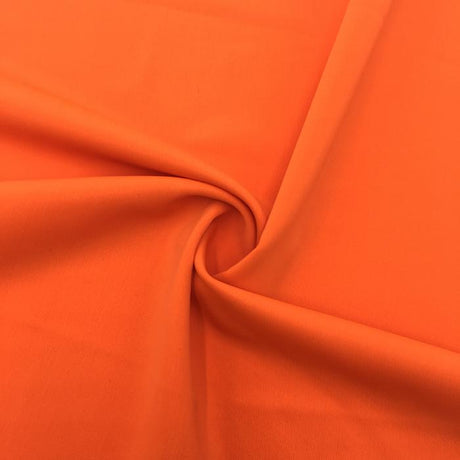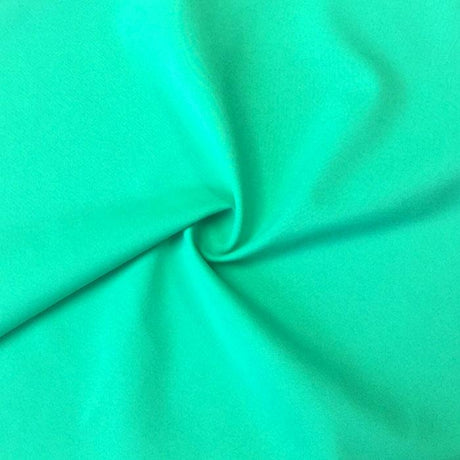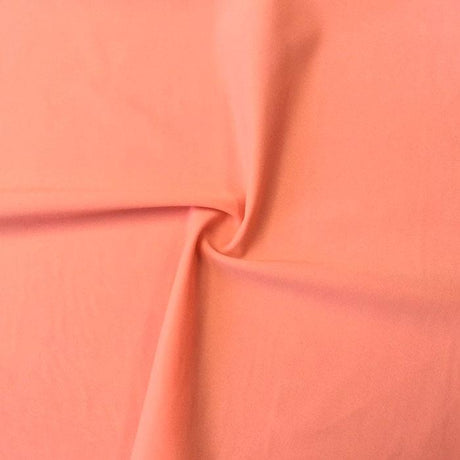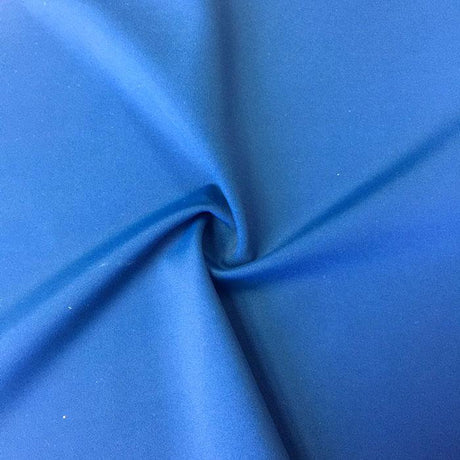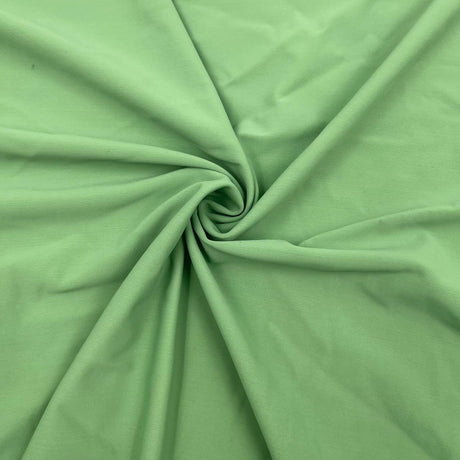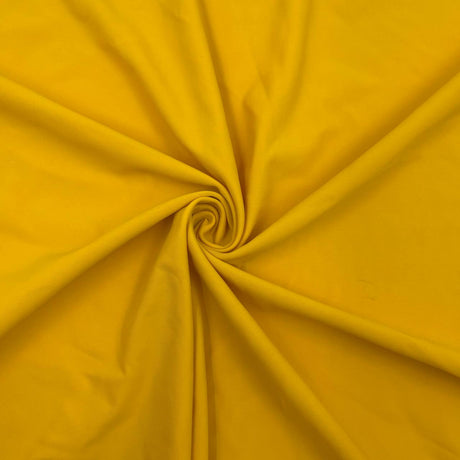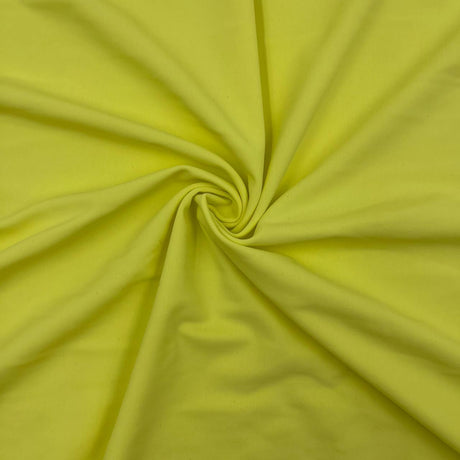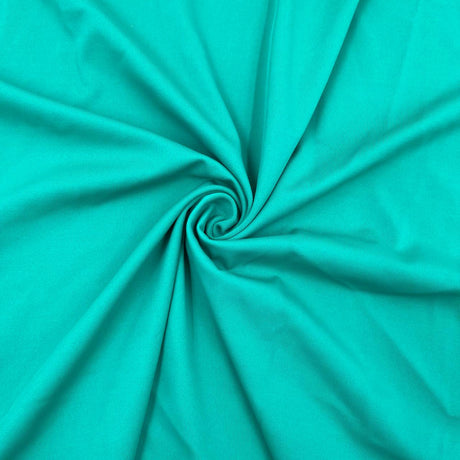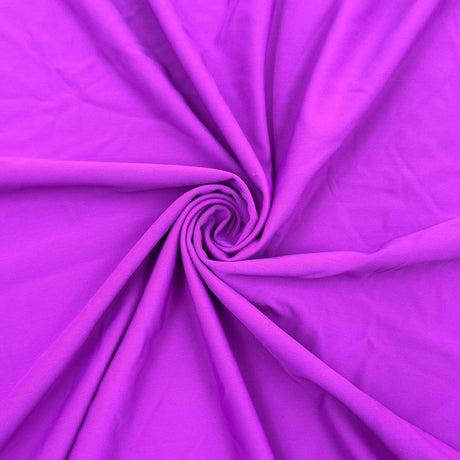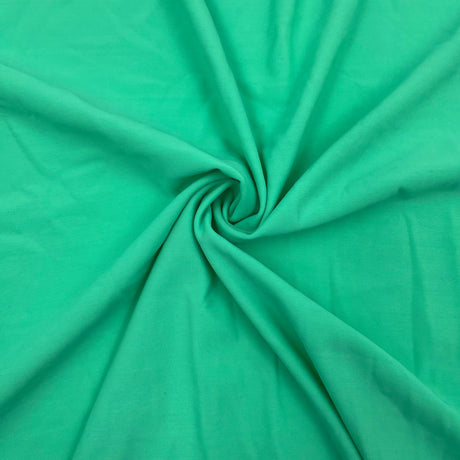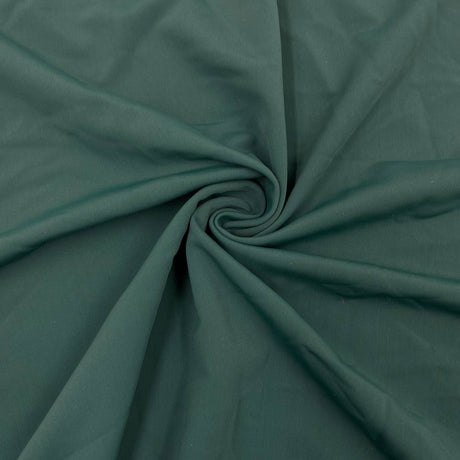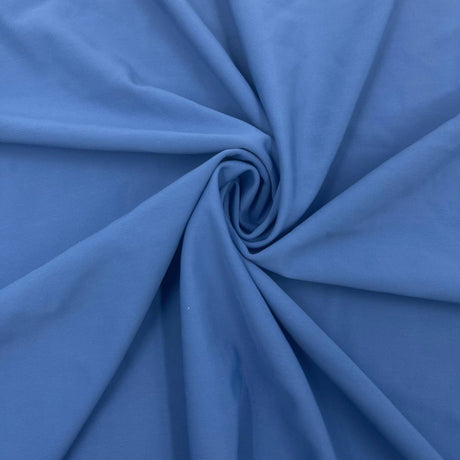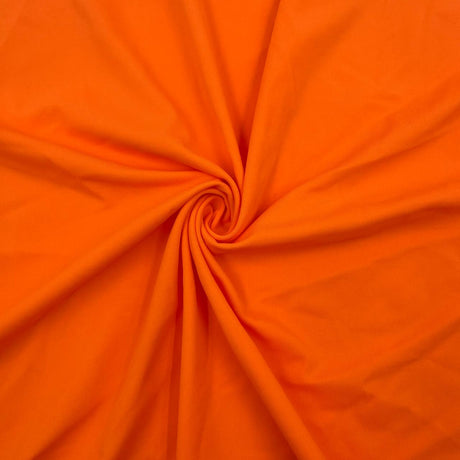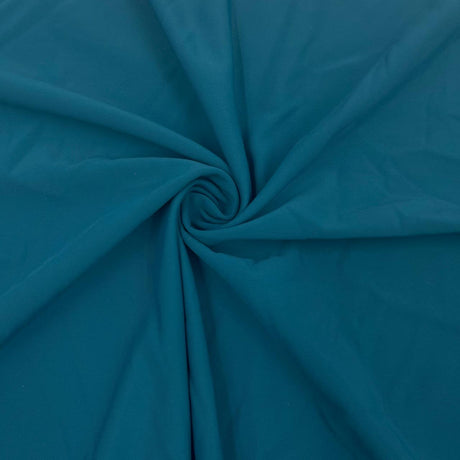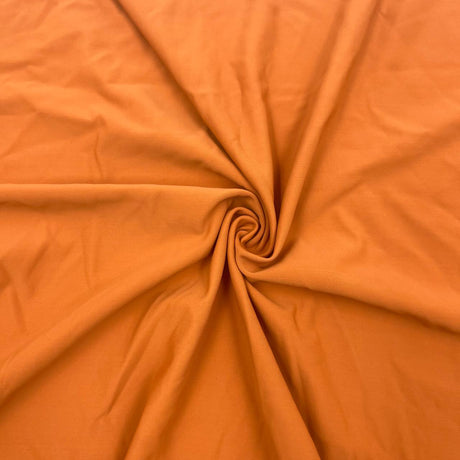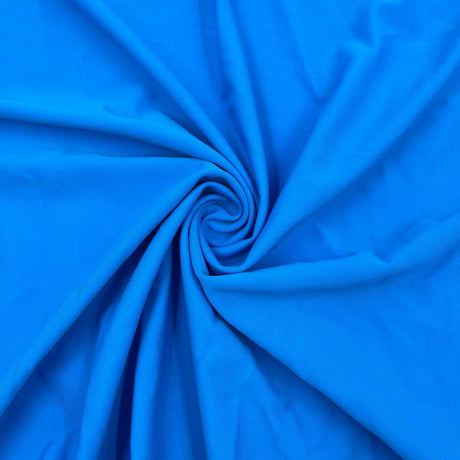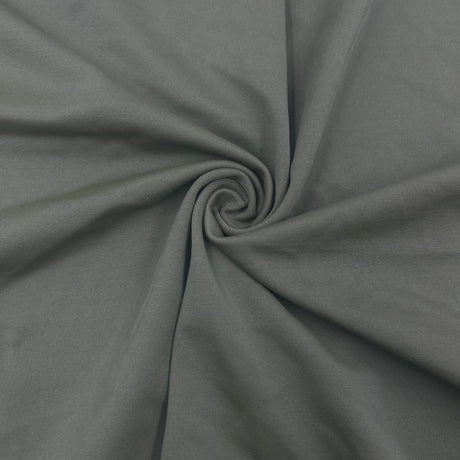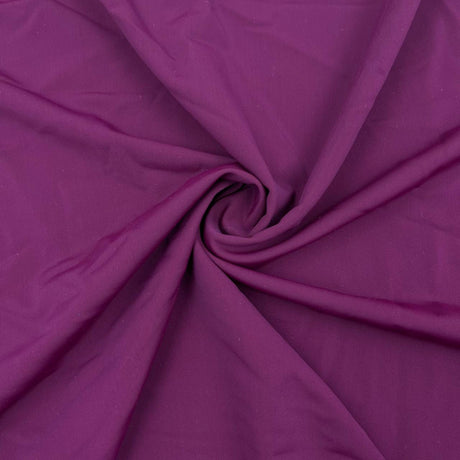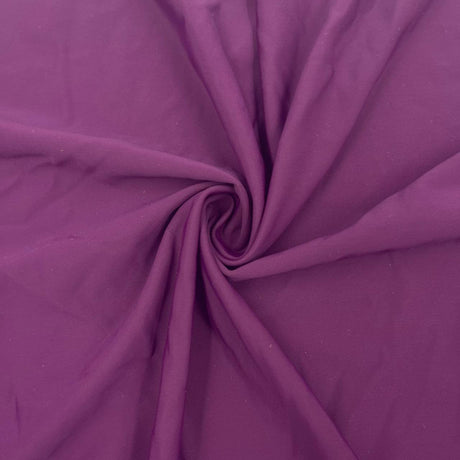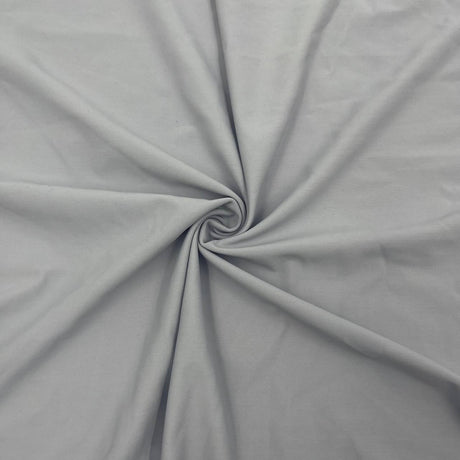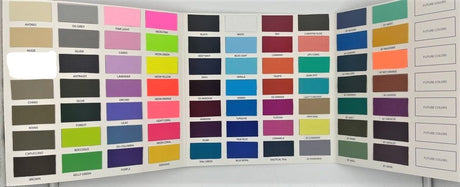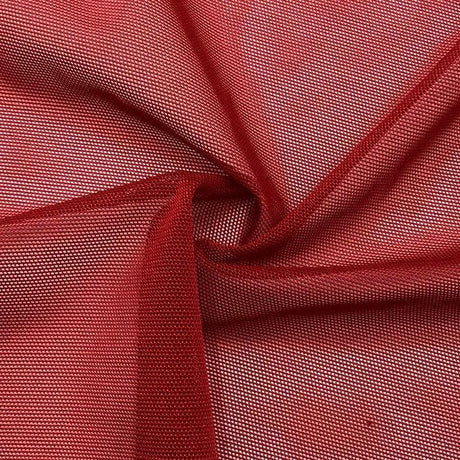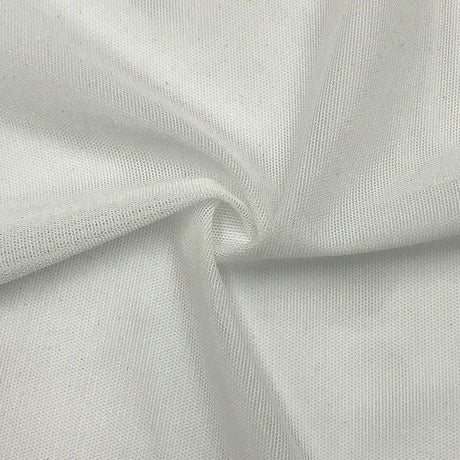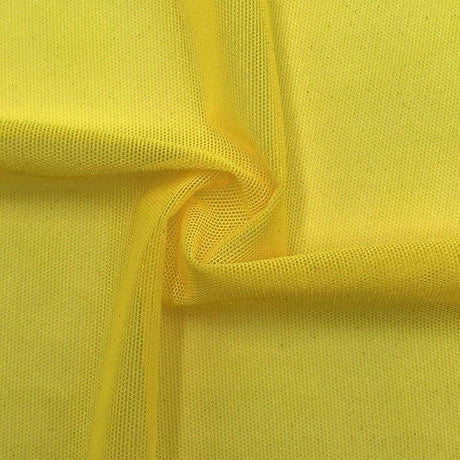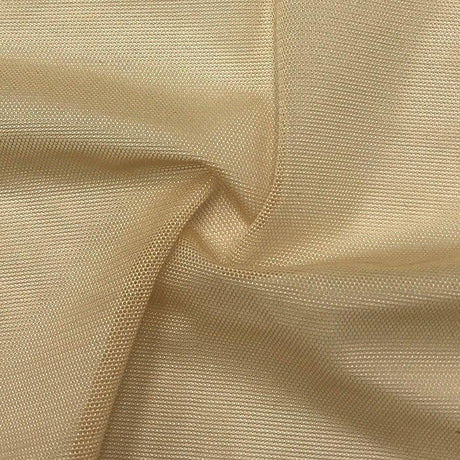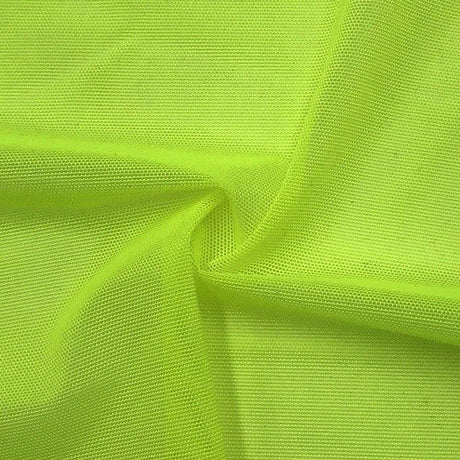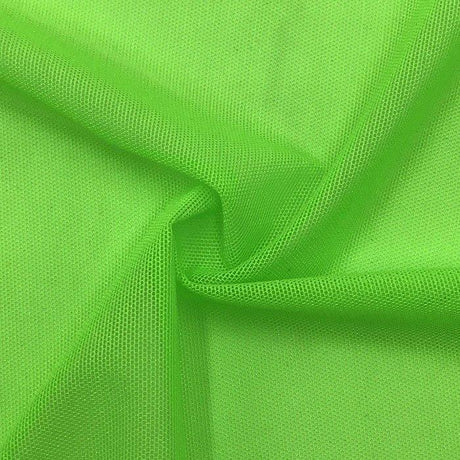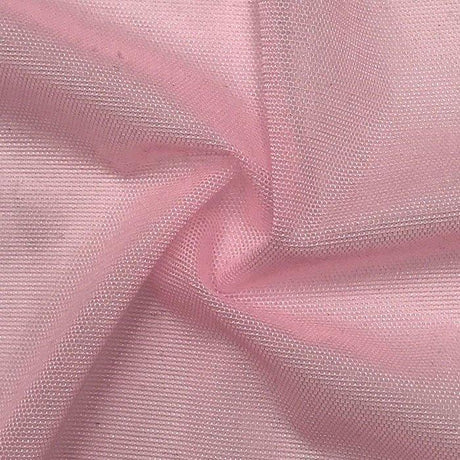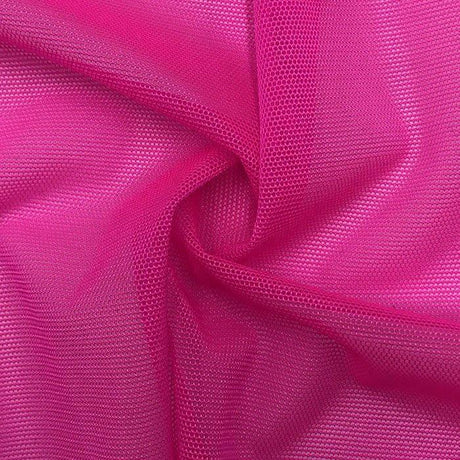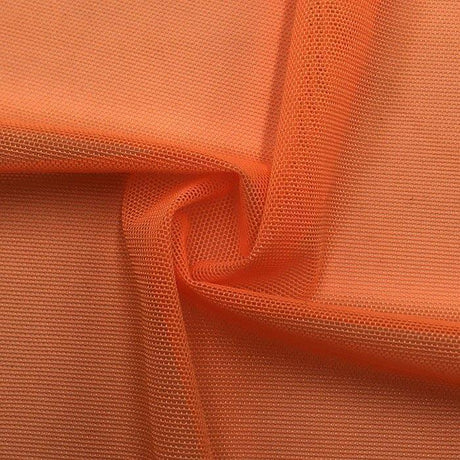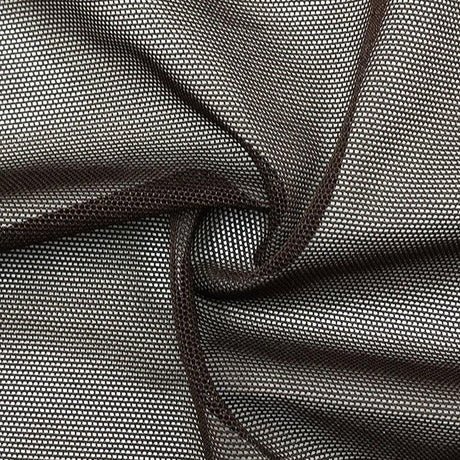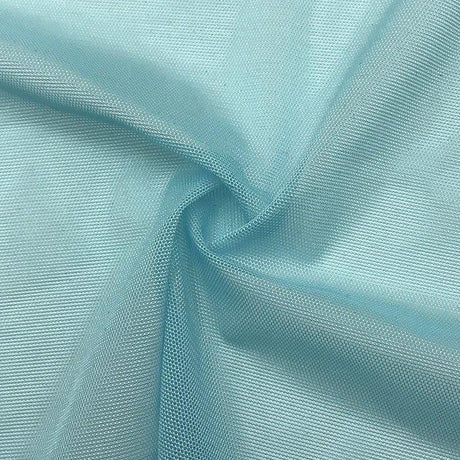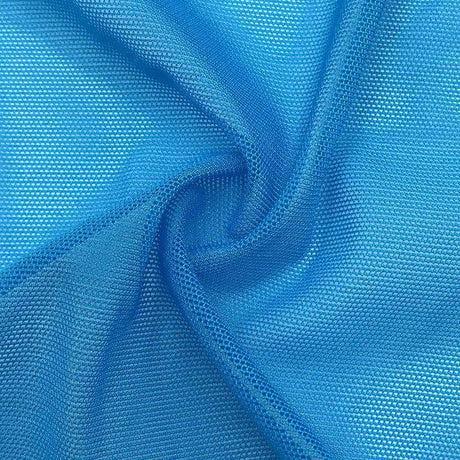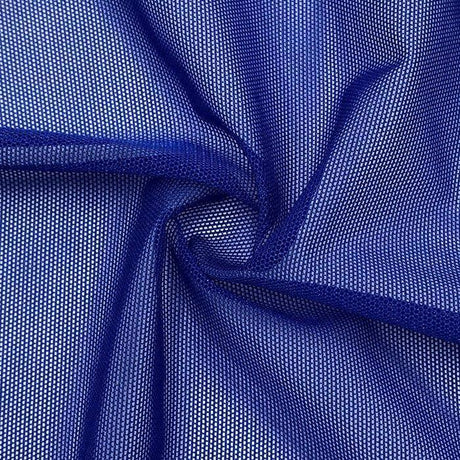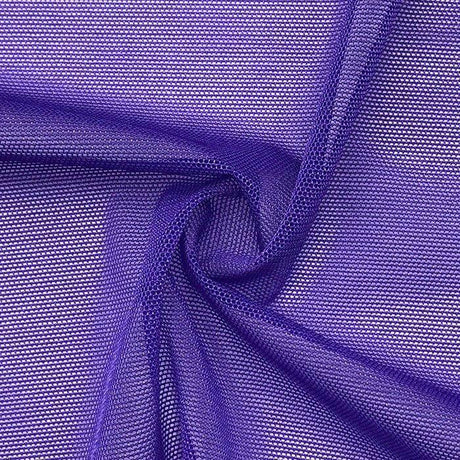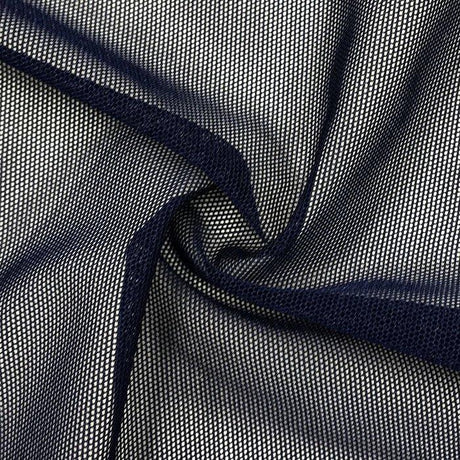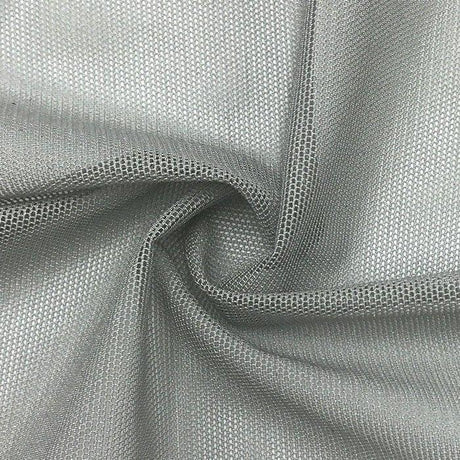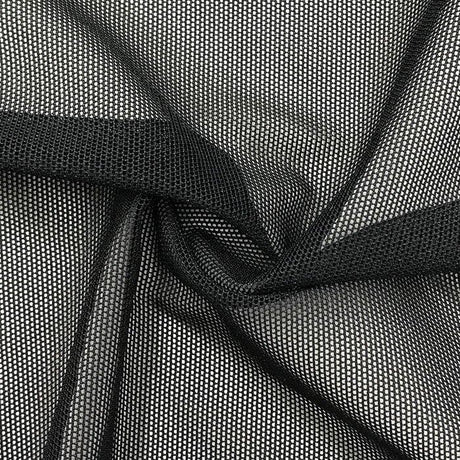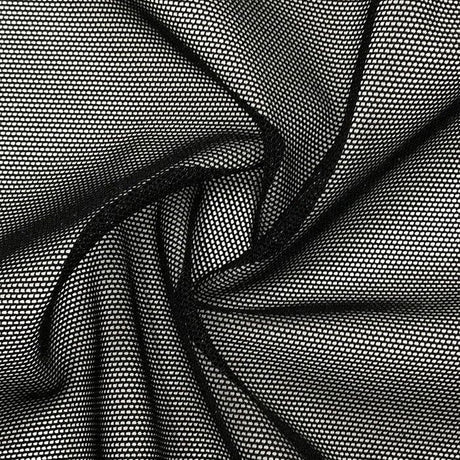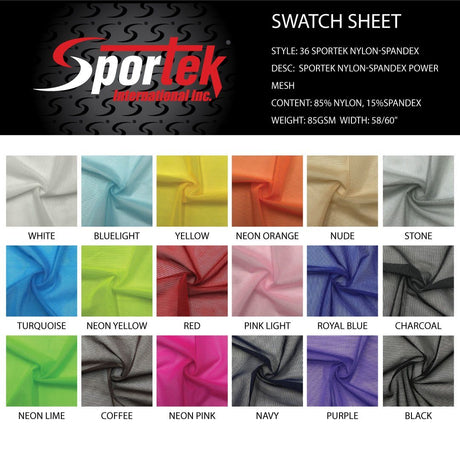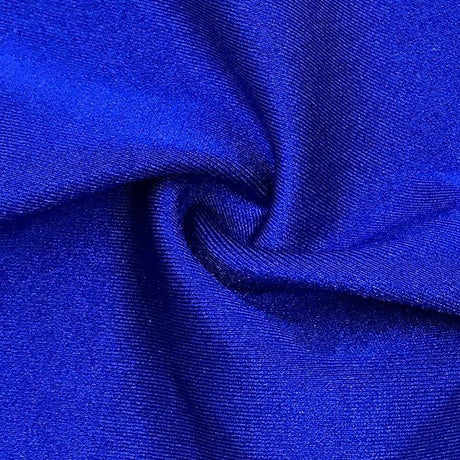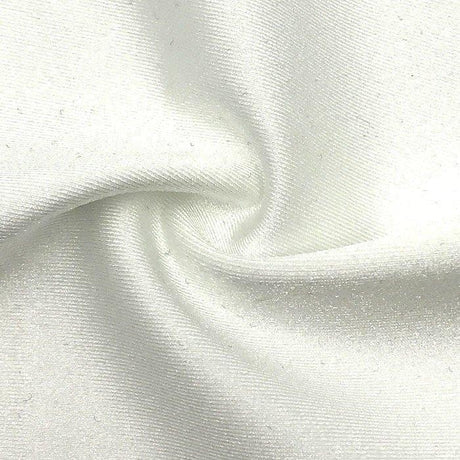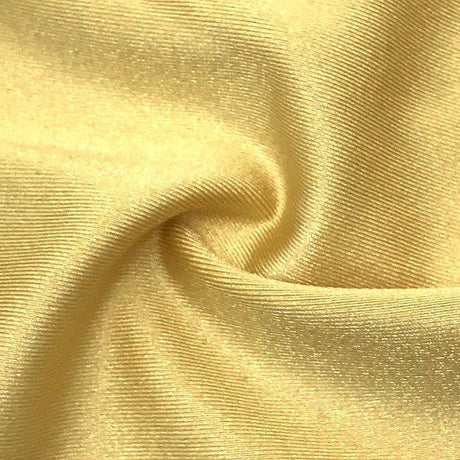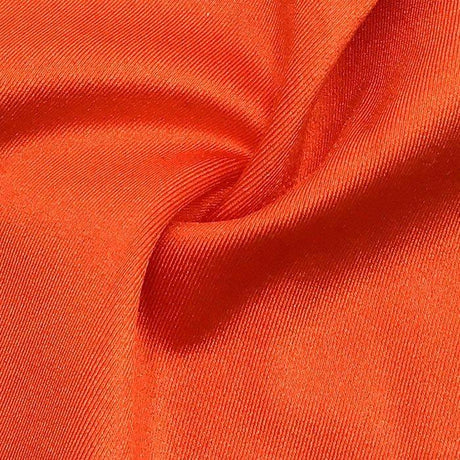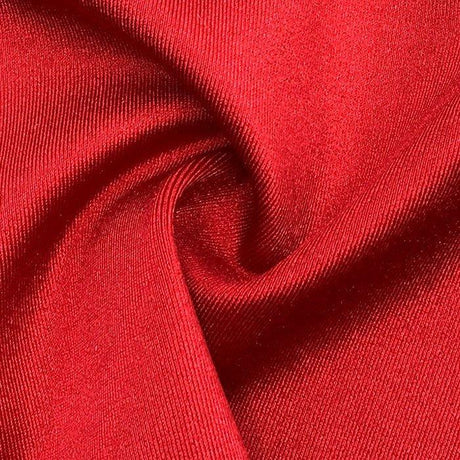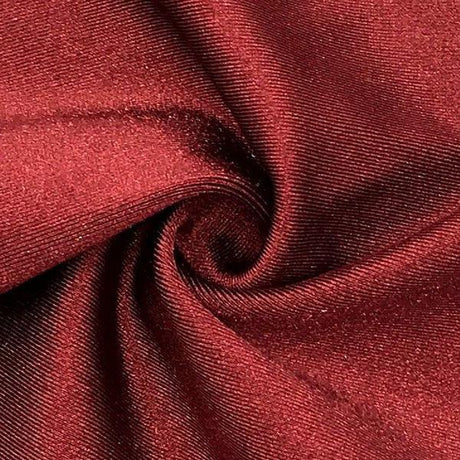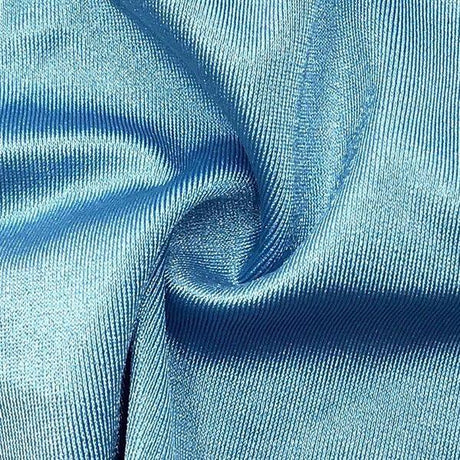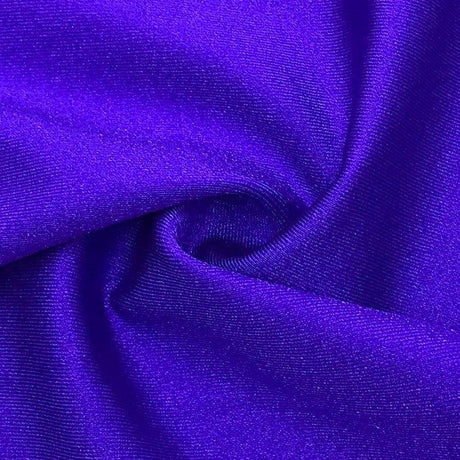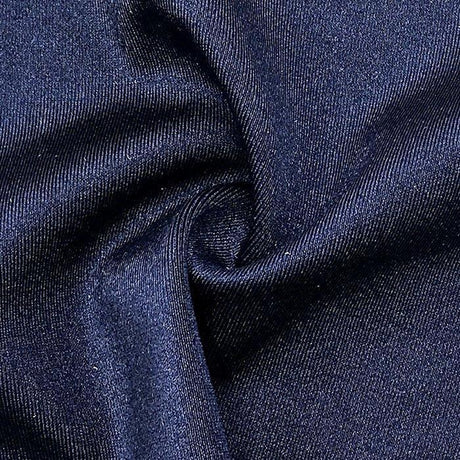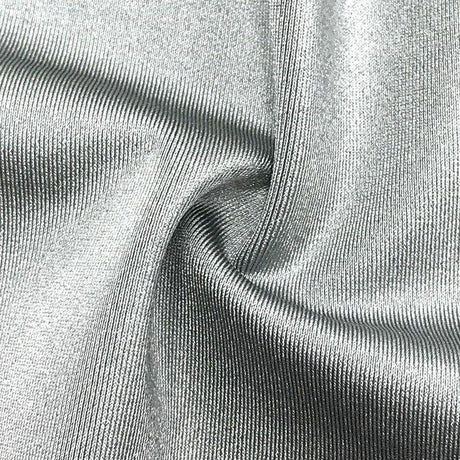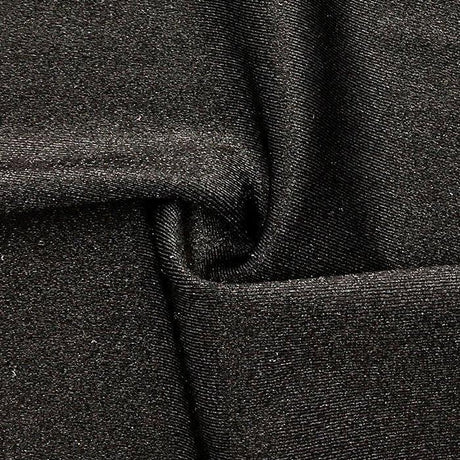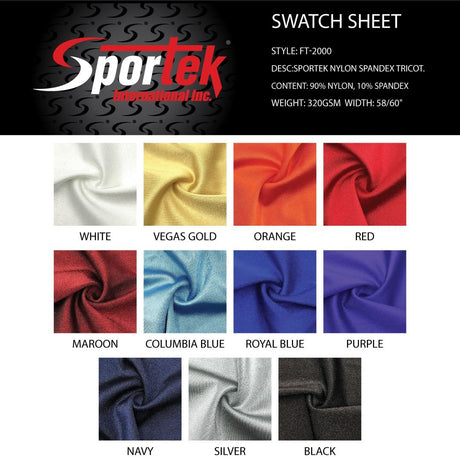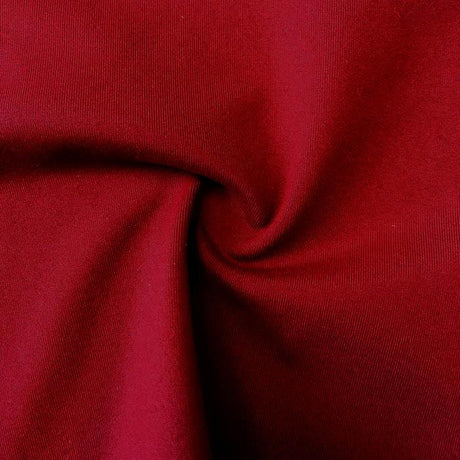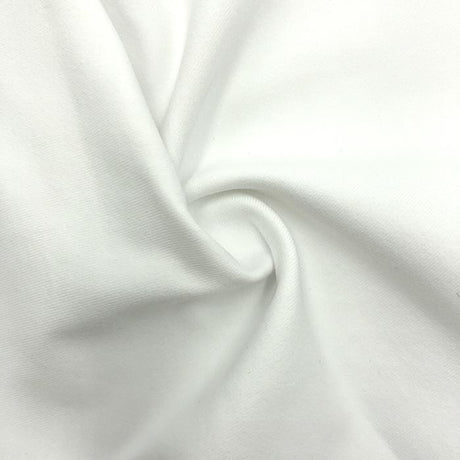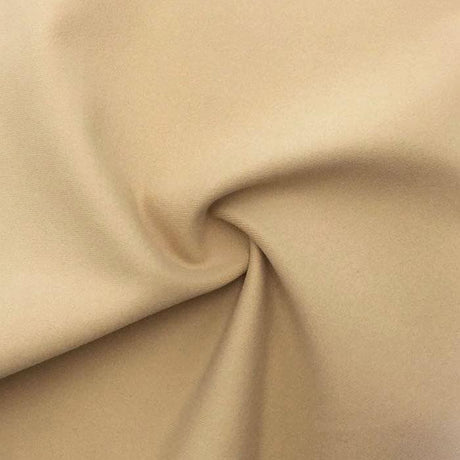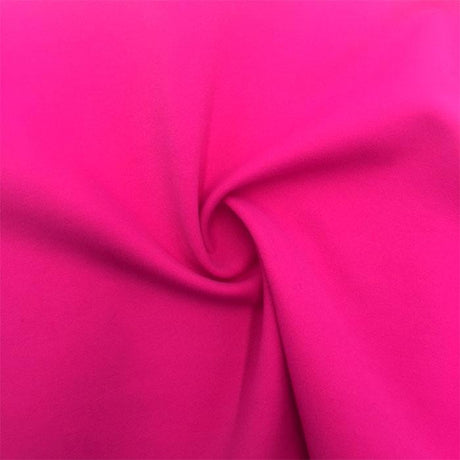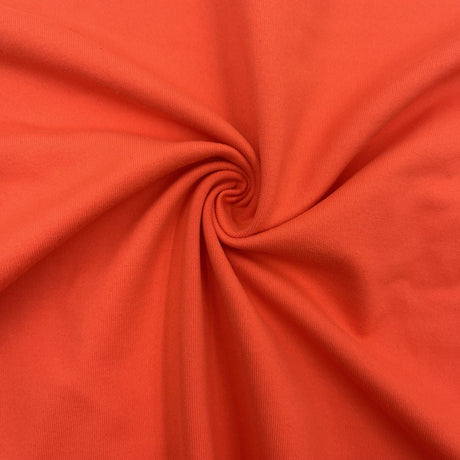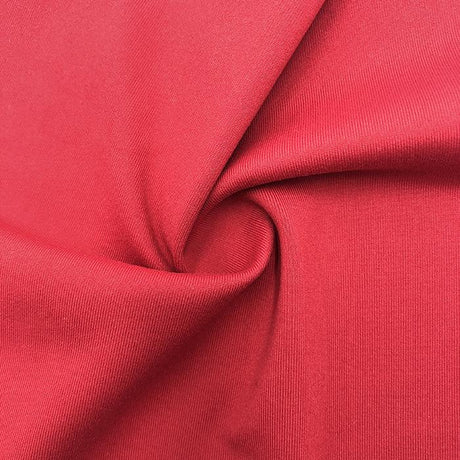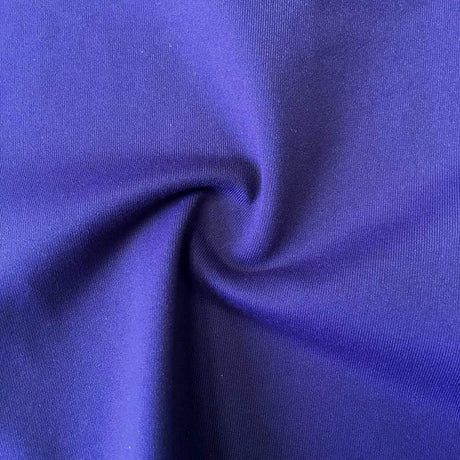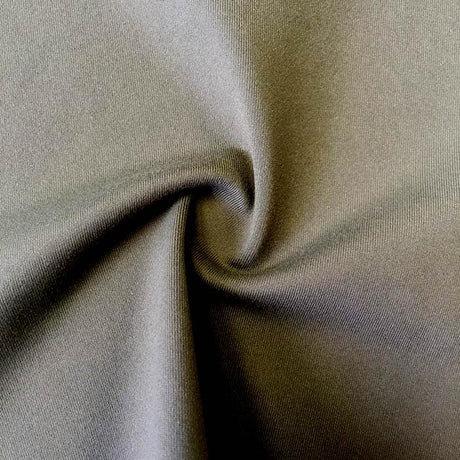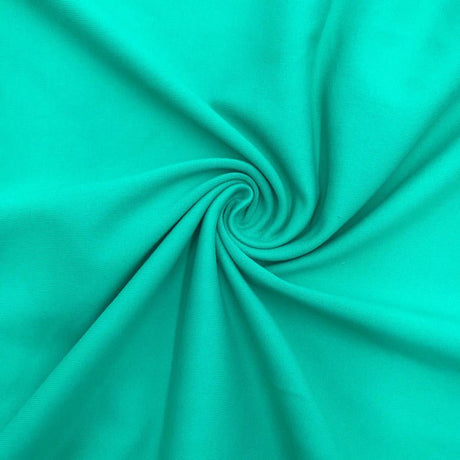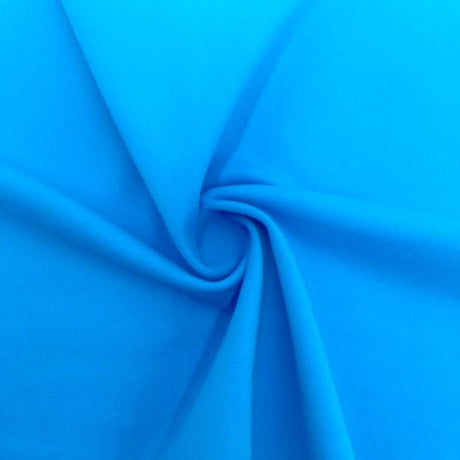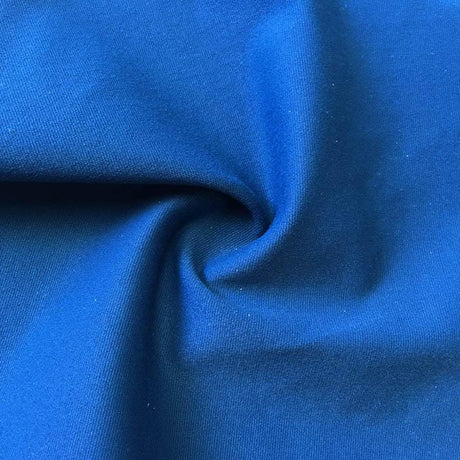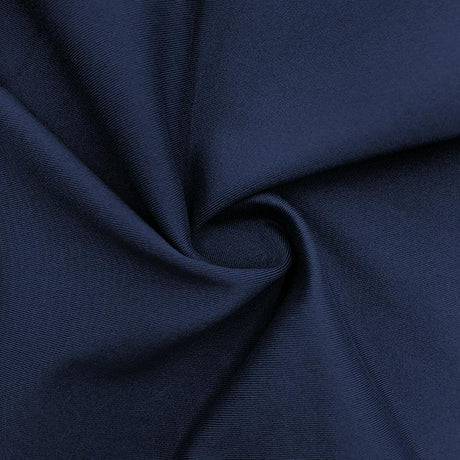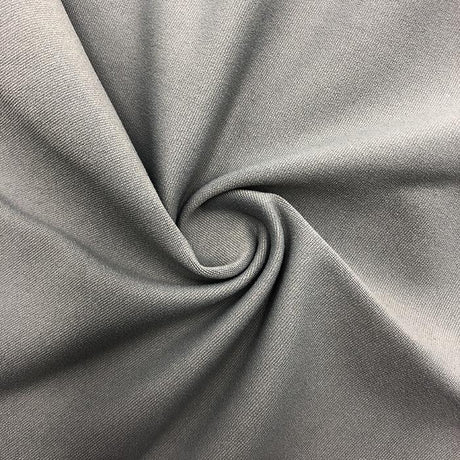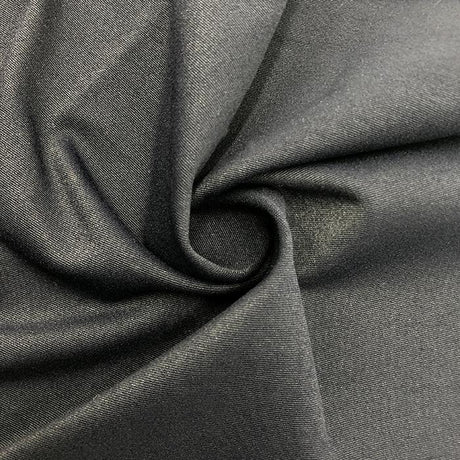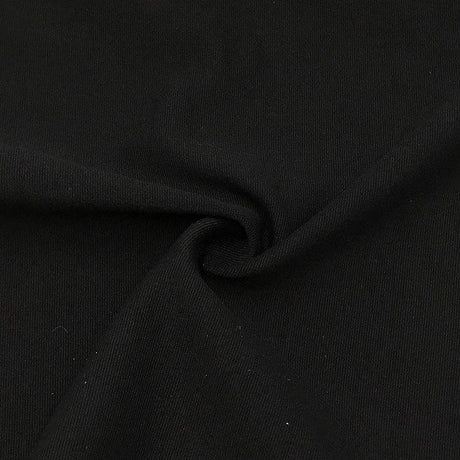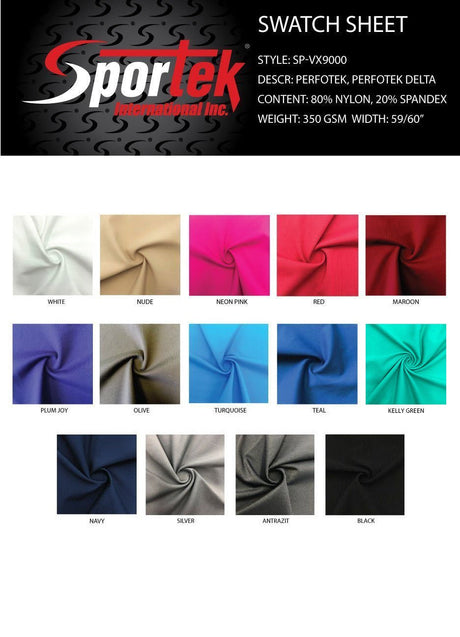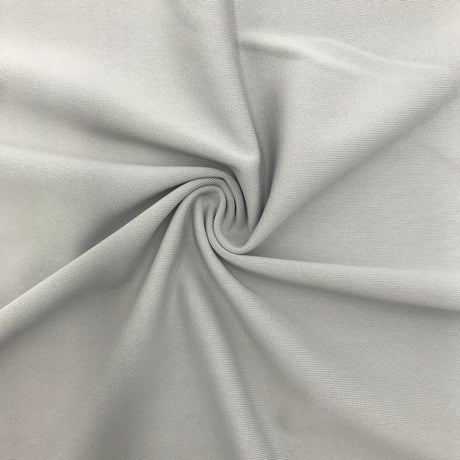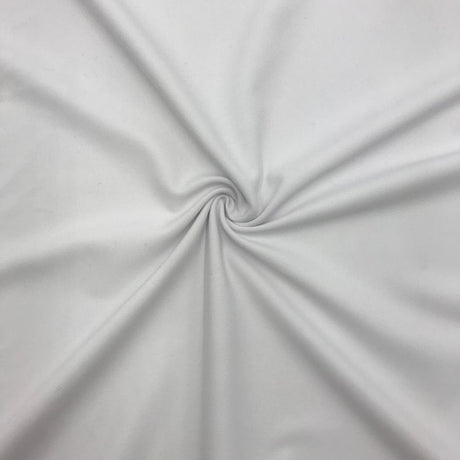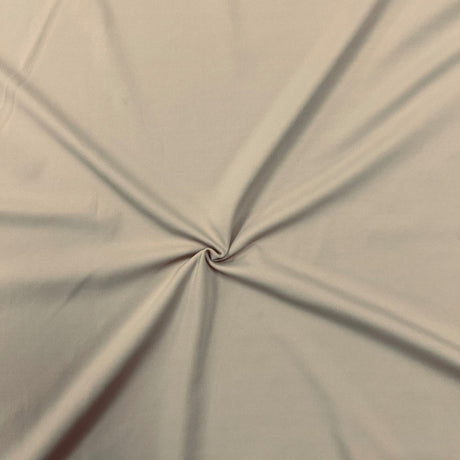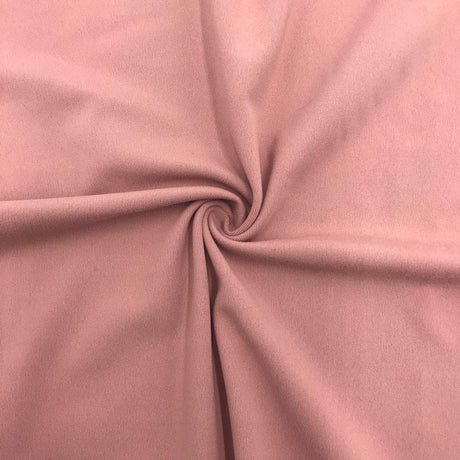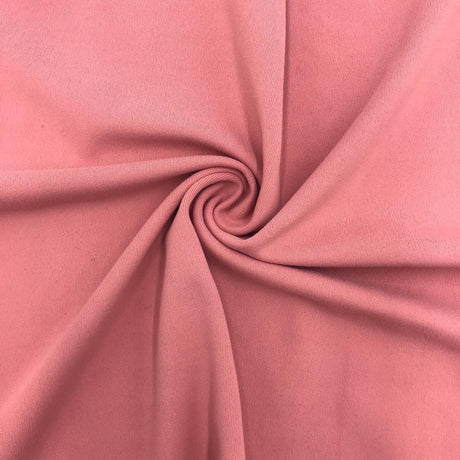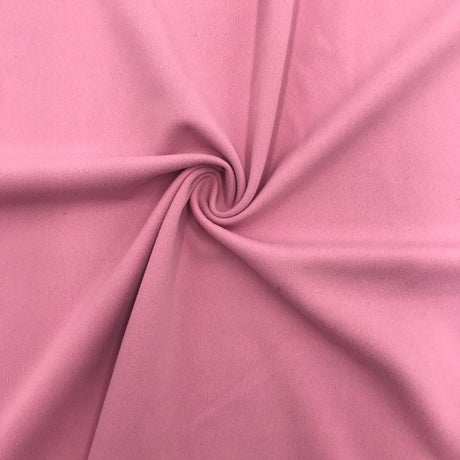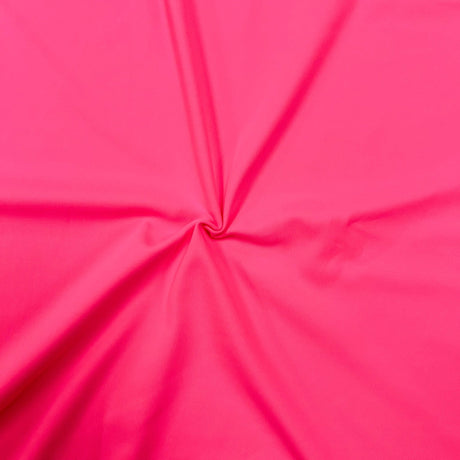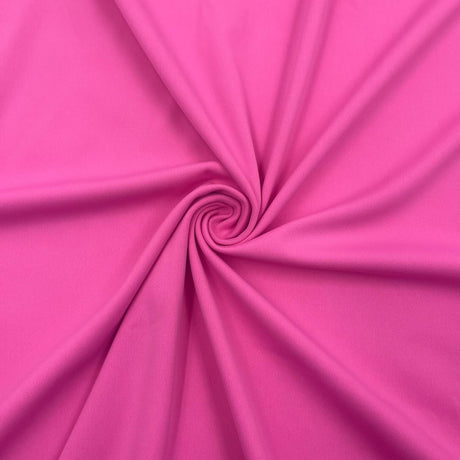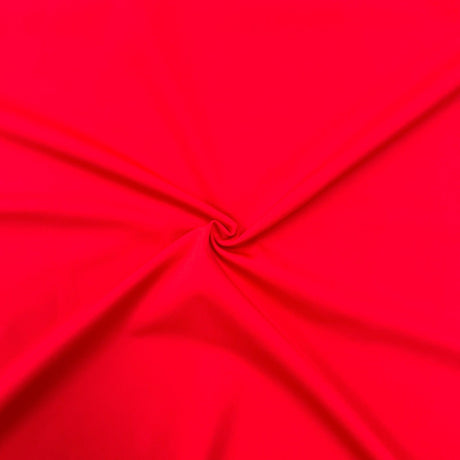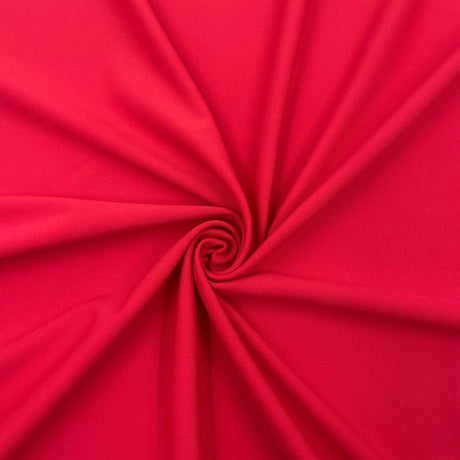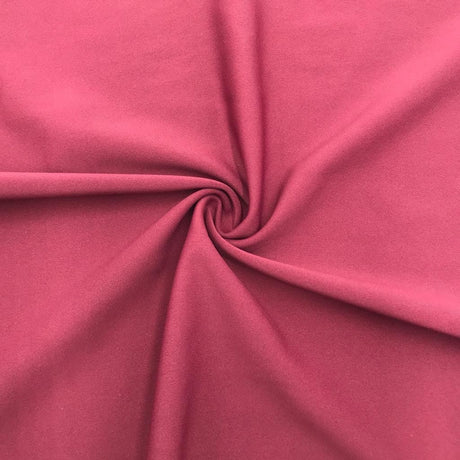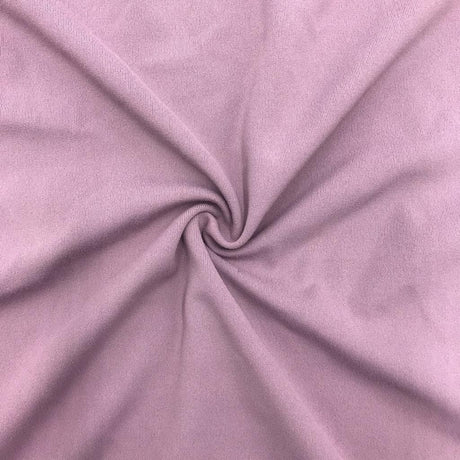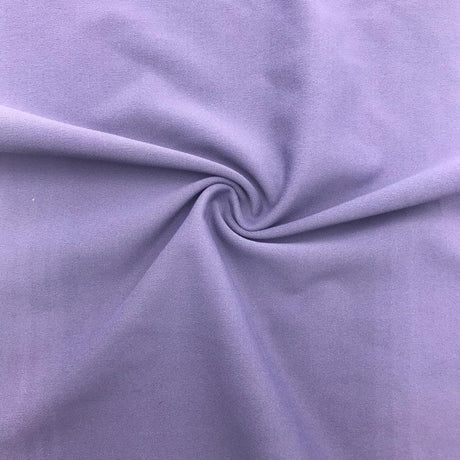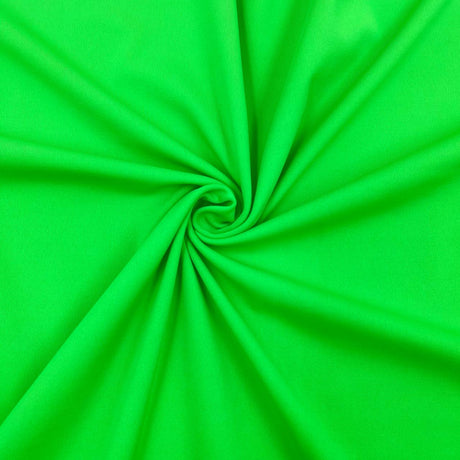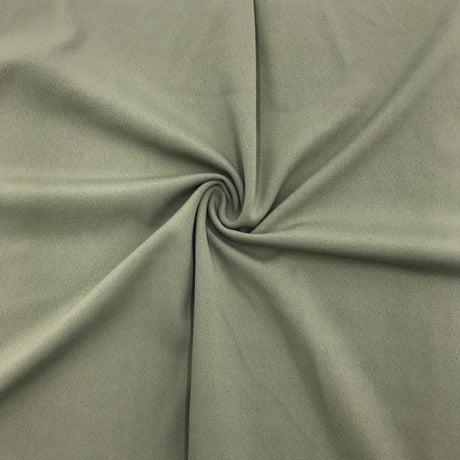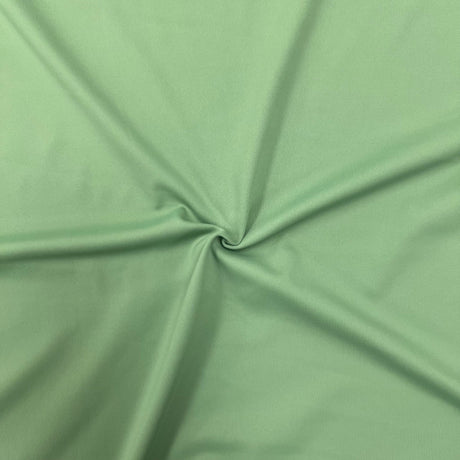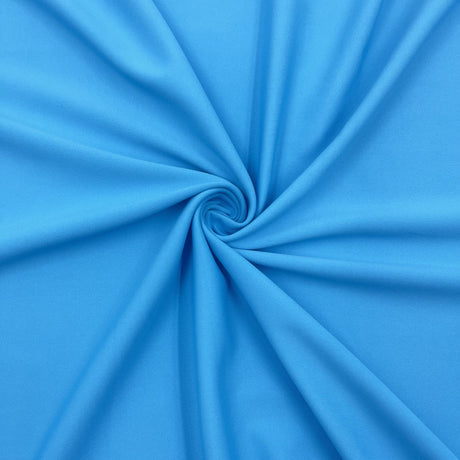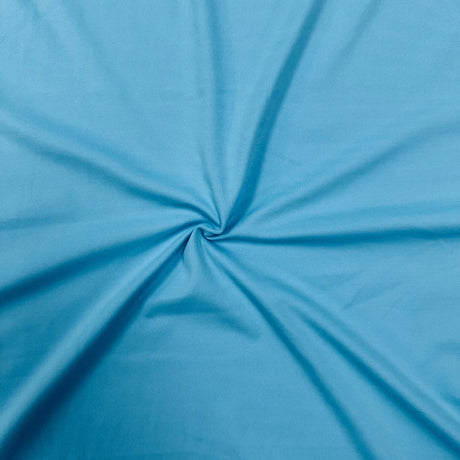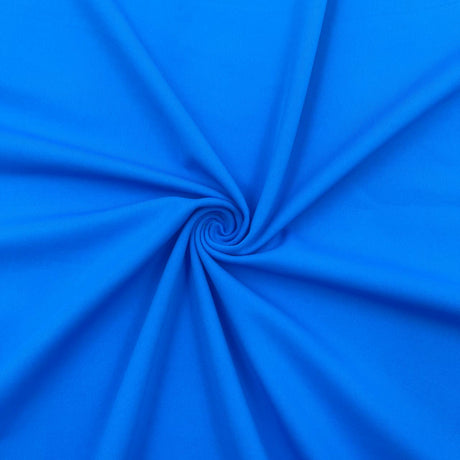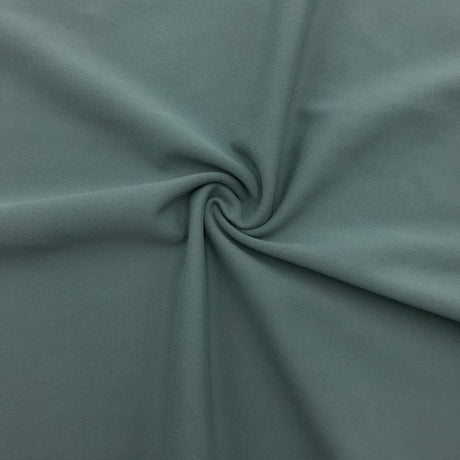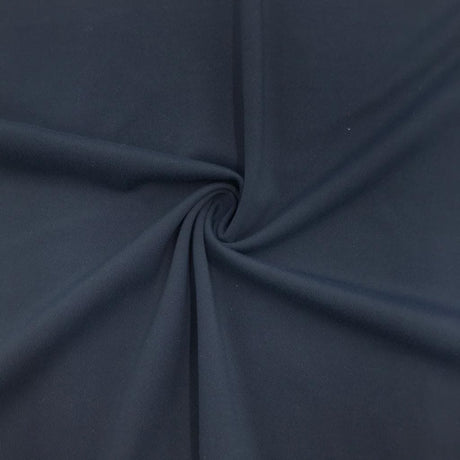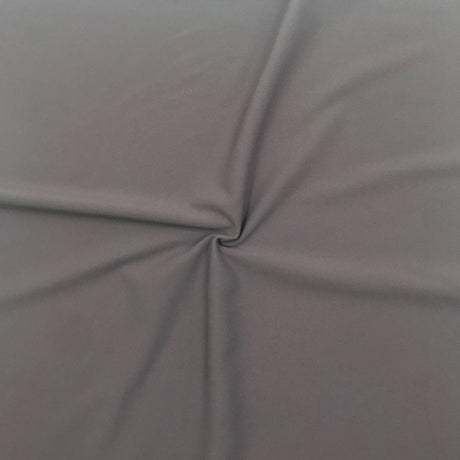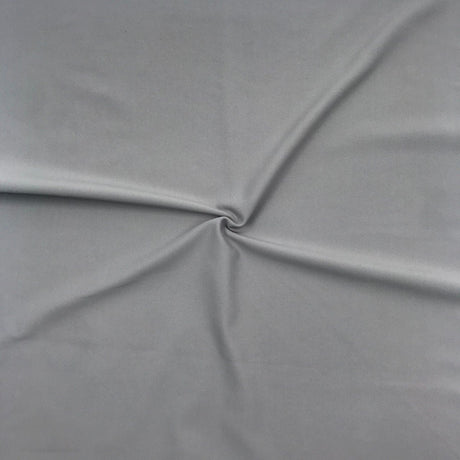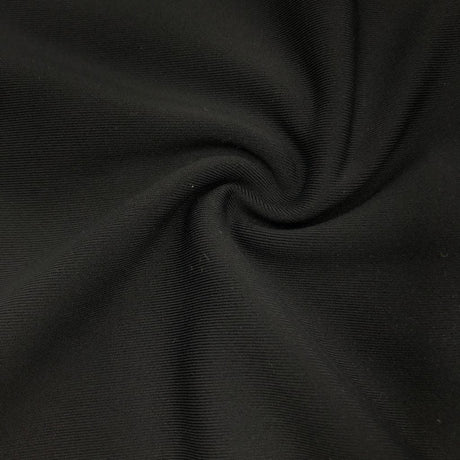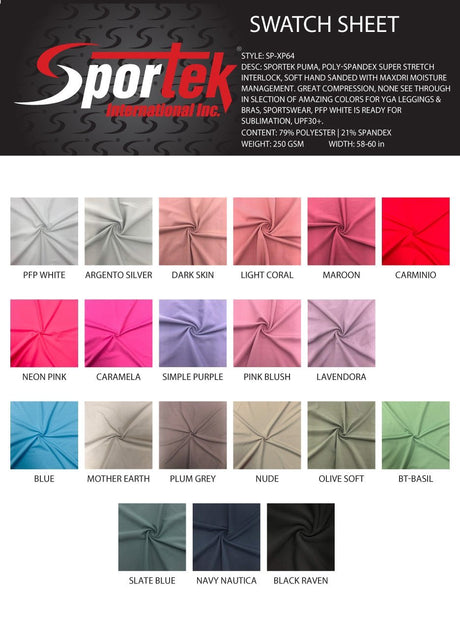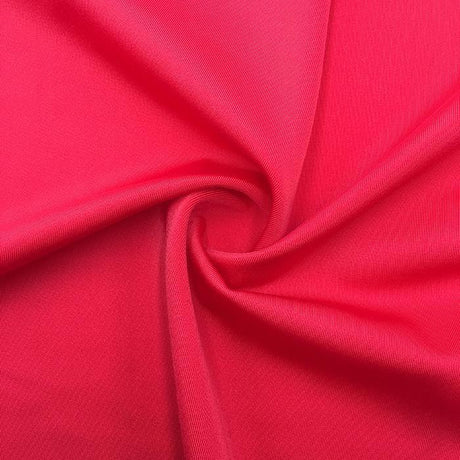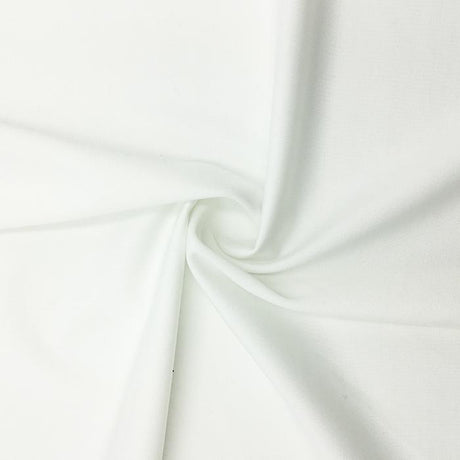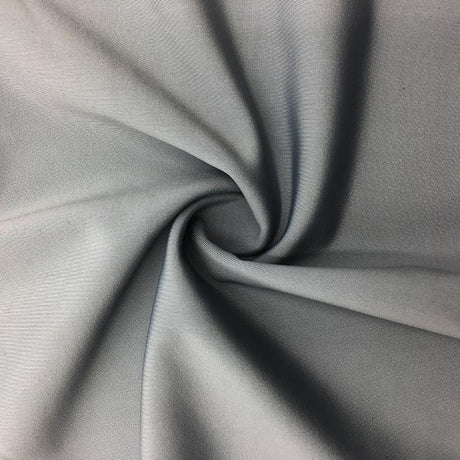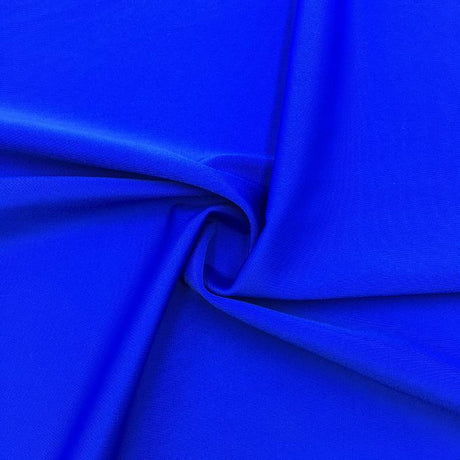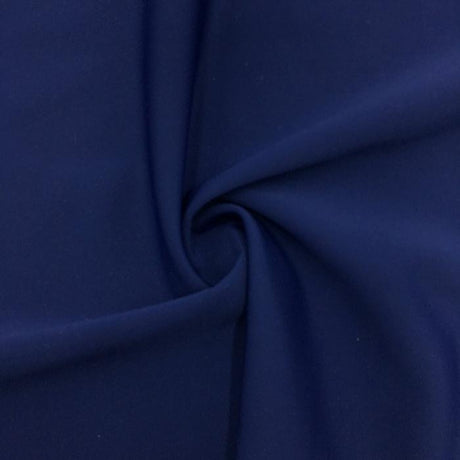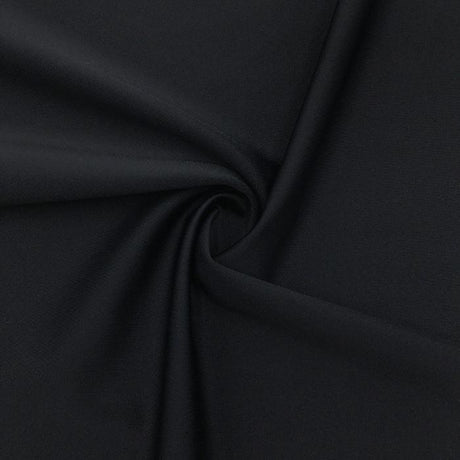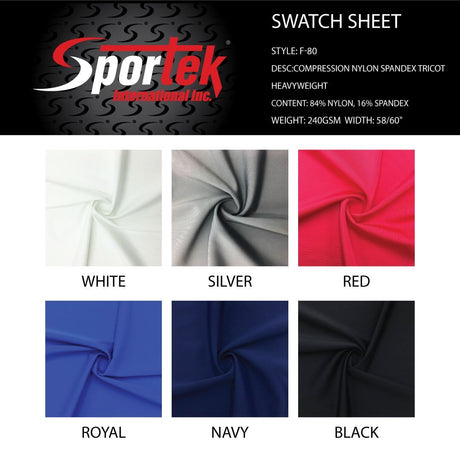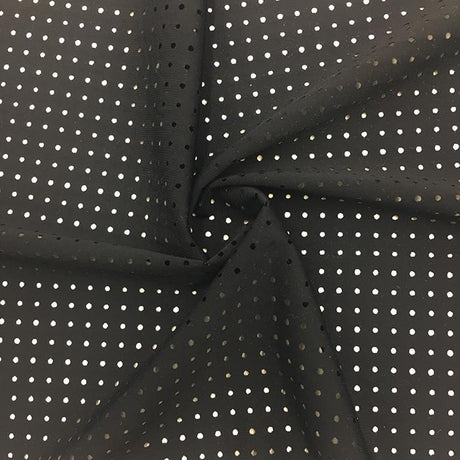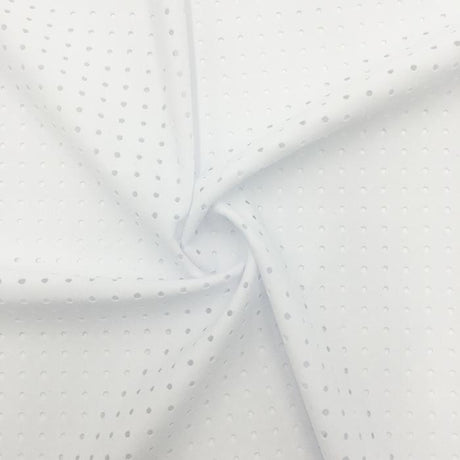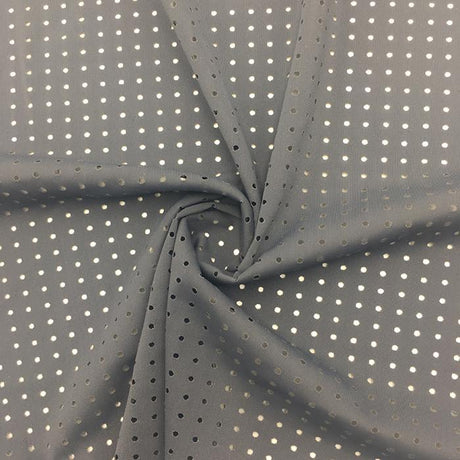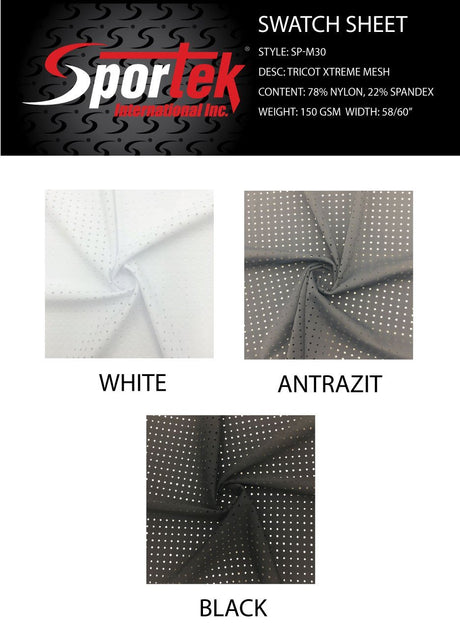In the fast-paced world of apparel manufacturing, managing inventory is a complex ballet of logistics, organization, and quality control. For businesses working with high-performance fabrics, this ballet becomes a delicate art form. Among all textiles, spandex fabric presents a unique set of challenges in warehousing and inventory management. Its sensitive nature, remarkable elasticity, and vulnerability to environmental factors mean that improper storage can slowly sabotage your investment, leading to a loss of quality, wasted material, and a damaged brand reputation.
The difference between a profitable, streamlined operation and a costly, disorganized one often lies in the details of how you store and manage your fabric. Spandex is a living material that can degrade over time if not treated with the proper care. A fabric that arrives in perfect condition from the supplier can lose its stretch, yellow, or become riddled with permanent creases if it is left in the wrong environment. For a business, this translates into a direct loss of revenue and a hit to their brand's integrity.
This comprehensive guide will serve as your definitive resource for understanding the key principles of inventory management and warehousing for spandex fabric. We will demystify the unique challenges, provide a practical guide for creating the ideal storage environment, and offer actionable tips for managing your inventory to protect your investment and ensure every finished product is of the highest quality.
The Unique Challenges of Storing Spandex Fabric
Unlike a simple woven cotton or a durable denim, spandex is a synthetic polymer that is highly reactive to its environment. Its properties, which make it so desirable in activewear, also make it vulnerable to damage.
1. Sensitivity to Heat and Light
Spandex is highly sensitive to both heat and UV light. Prolonged exposure can cause the polymer fibers to break down and become brittle, which permanently damages the fabric's elastic memory. This is the number one cause of a garment losing its stretch and becoming loose or saggy over time. Direct sunlight can also cause a fabric to fade and can lead to a visible yellowing, especially in white or light-colored spandex.
2. The Problem of Creasing and Stress
When spandex fabric is folded for long periods, it can develop a permanent crease. This can damage the elastic fibers, leading to a visible line on the final garment that will not stretch out or go away. It can also put undue stress on the fabric, causing it to lose some of its elasticity.
3. Vulnerability to Humidity and Moisture
Spandex fabrics, especially those with natural fiber blends, can be susceptible to mold and mildew if they are stored in a humid or poorly ventilated environment. This can lead to a musty odor and visible spots on the fabric, rendering it unusable.
4. The Loss of “Freshness”
Like many materials, spandex performs best when it is "fresh." A fabric that has been stored for a long period can lose some of its performance properties, even in a good environment. The elastic memory can slowly degrade, and the fabric can become less lively. This is why proper inventory rotation is so critical.
Part 1: The Ideal Storage Environment for Spandex
Creating the right environment is the most important step in protecting your spandex fabric. These conditions are not just a best practice; they are a fundamental requirement for preserving your investment.
1. Temperature and Humidity Control
The ideal storage environment for spandex is a cool, dry, and stable one.
- Temperature: The optimal temperature is between 60°F and 80°F (15°C and 27°C). Extreme fluctuations in temperature can weaken the fibers over time.
- Humidity: The optimal humidity level is between 40% and 60%. A high humidity level can lead to mold and mildew, while a very low humidity level can cause the fabric to become brittle. You can use a dehumidifier or an air conditioner to maintain a consistent environment.
2. Light Exposure
UV light is the enemy. Your storage area should be as dark as possible, with no direct sunlight.
- Solution: Store your fabric in a dedicated warehouse or a climate-controlled room that is not exposed to direct sunlight. If you have windows, cover them with UV-blocking film or blackout curtains. For a higher level of protection, you can store your rolls of fabric in plastic sleeves or opaque containers.
3. Airflow and Ventilation
Good air circulation is essential for preventing a build-up of moisture and for keeping your fabric fresh.
- Solution: Your warehouse should be well-ventilated, with fans or an HVAC system that keeps the air moving. Avoid storing your fabric in a damp basement or in a container that is not sealed.
Part 2: Inventory Organization and Management
Once you have the right environment, the next step is to implement a system for managing your inventory. This will help you prevent waste, ensure consistency, and streamline your production.
1. Implement a FIFO (First-In, First-Out) System
This is the golden rule of inventory management for spandex.
- Why it matters: Older rolls of fabric are more susceptible to degradation. By using a FIFO system, you ensure that the oldest fabric in your inventory is used first. This prevents material from sitting on a shelf for years and ensures that every finished product is made with the freshest, highest-quality material.
- How to do it: When a new shipment arrives, store it behind the existing inventory. When it's time to pull a roll for production, pull from the front.
2. Detailed Labeling and Tracking
Clear and detailed labeling is your most powerful tool for a streamlined operation.
- What to include: Every roll of spandex fabric should have a label with key information, including:
- Fabric Type and Blend: (e.g., Nylon Spandex, Polyester Spandex)
- Color Code and Name
- Weight (GSM)
- Dye Lot Number: This is crucial for ensuring a consistent color match between different batches.
- Date of Receipt: This is vital for your FIFO system.
- The Benefit: A well-labeled inventory will help you quickly find the right fabric for a project and will prevent a costly mistake of using the wrong material.
3. Storage Formats: Rolls Are Your Best Friend
The way you store your fabric can dramatically affect its quality.
- Roll Storage: This is the best way to store spandex. Storing the fabric on a roll prevents creasing, wrinkles, and stress on the fibers. For a long-term solution, you can use a hanging system or a rack that holds the rolls vertically or horizontally.
- Folding: Folding spandex fabric for a long period can create a permanent crease that will not stretch out. It can also put pressure on the fibers, which can lead to a loss of elasticity. If you must fold it, use a very large, soft fold.
- Managing Remnants: Smaller pieces of fabric can be a source of waste if they are not managed correctly. Store remnants on a small bolt or roll them up and label them clearly.
Part 3: Practical Tips for a Smooth Operation
Beyond the big-picture systems, here are some actionable tips for day-to-day operations.
1. Quality Control on Receipt
Do not simply put a new shipment into your warehouse.
- Perform a Quality Check: On every new shipment, perform a quality check. Pull a small piece of fabric from the roll to check for any visible defects. Verify the color, the weight (GSM), and perform a simple stretch and recovery test to ensure the fabric meets the specifications you were promised.
- Verify the Dye Lot: Check the dye lot number on the new rolls and compare it to your existing inventory. This will help you plan your production runs to avoid any color inconsistency.
2. Pre-Production Handling
- Let the Fabric "Rest": After a roll of fabric has been shipped, it may have a certain amount of stress on it. Before you cut it, lay the fabric out on a cutting table for at least 24 hours. This allows the fibers to relax and return to their natural state, which will prevent a costly mistake of cutting a distorted fabric.
3. Managing Offcuts and Waste
- Reduce Waste: A good inventory management system will help you reduce waste by ensuring you are using every piece of fabric.
- Repurpose: Smaller offcuts can be used for smaller projects, such as headbands, scrunchies, or sample swatches.
The ROI of Proper Inventory Management
The investment in a good inventory management system is not just a cost; it is a smart business decision that provides a significant return on investment.
- Reduced Waste: A good system will help you reduce waste from damaged or unusable fabric, which will increase your profitability.
- Improved Quality Control: A good system will ensure that every finished product is made with the highest-quality fabric, which will lead to happier customers and a better brand reputation.
- Streamlined Production: A well-organized warehouse will help you find the right fabric quickly, which will reduce production delays and improve your operational efficiency.
- A Positive Brand Image: By committing to quality and consistency, you are building a brand that your customers can trust.
Conclusion
The durability and performance of a spandex garment do not end when the fabric leaves the manufacturer. They are a direct result of how you, as a business owner, store and manage your inventory. Spandex is a unique and valuable material, and it requires a unique approach to warehousing. By understanding its vulnerabilities to heat, light, and humidity, and by implementing a system for organization and quality control, you can protect your investment and ensure that every finished product is of the highest quality.
This commitment to proper inventory management is a sign of a professional business that cares about its products and its customers. It is a fundamental step toward building a brand that is known for its quality, consistency, and integrity.
Ready to explore a world of high-quality, consistent fabrics? At SpandexByYard.com, we pride ourselves on providing fabrics that are engineered for both performance and stability. Our fabrics are easier to manage and store, and their consistency will help you streamline your operation. Explore our collection and build your business on a foundation of quality.

